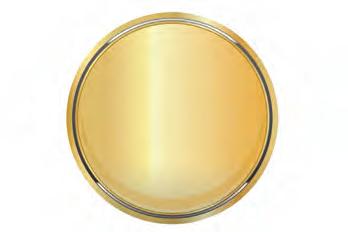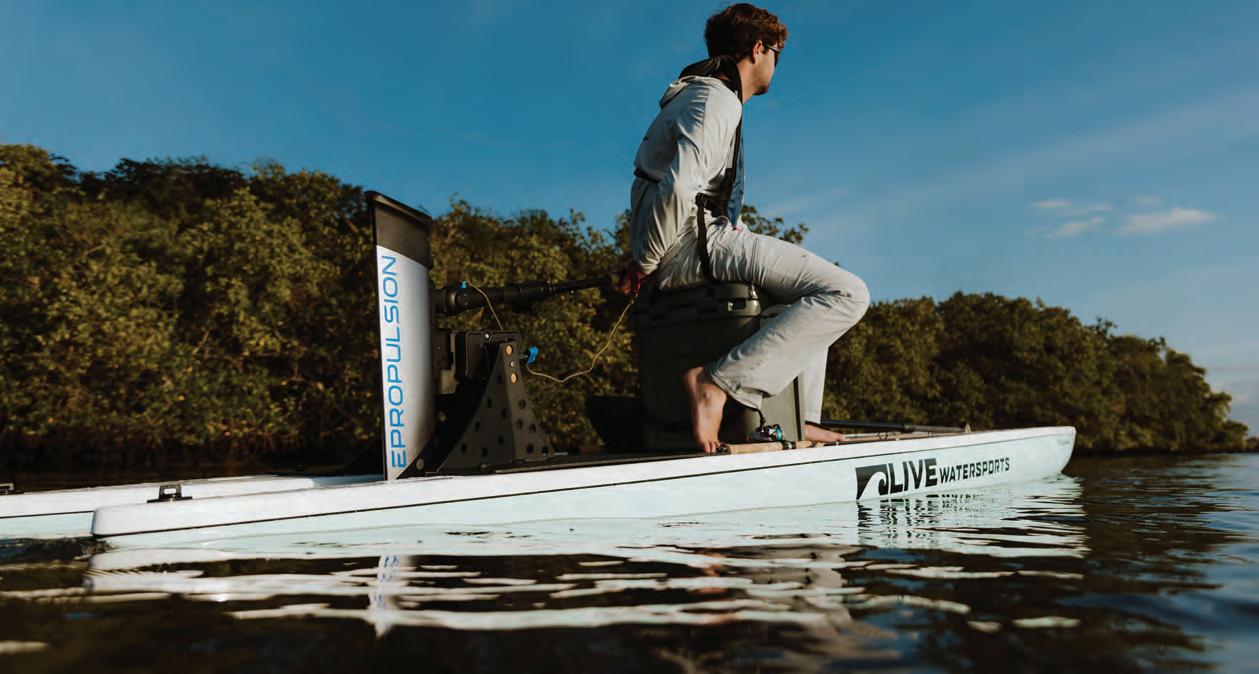





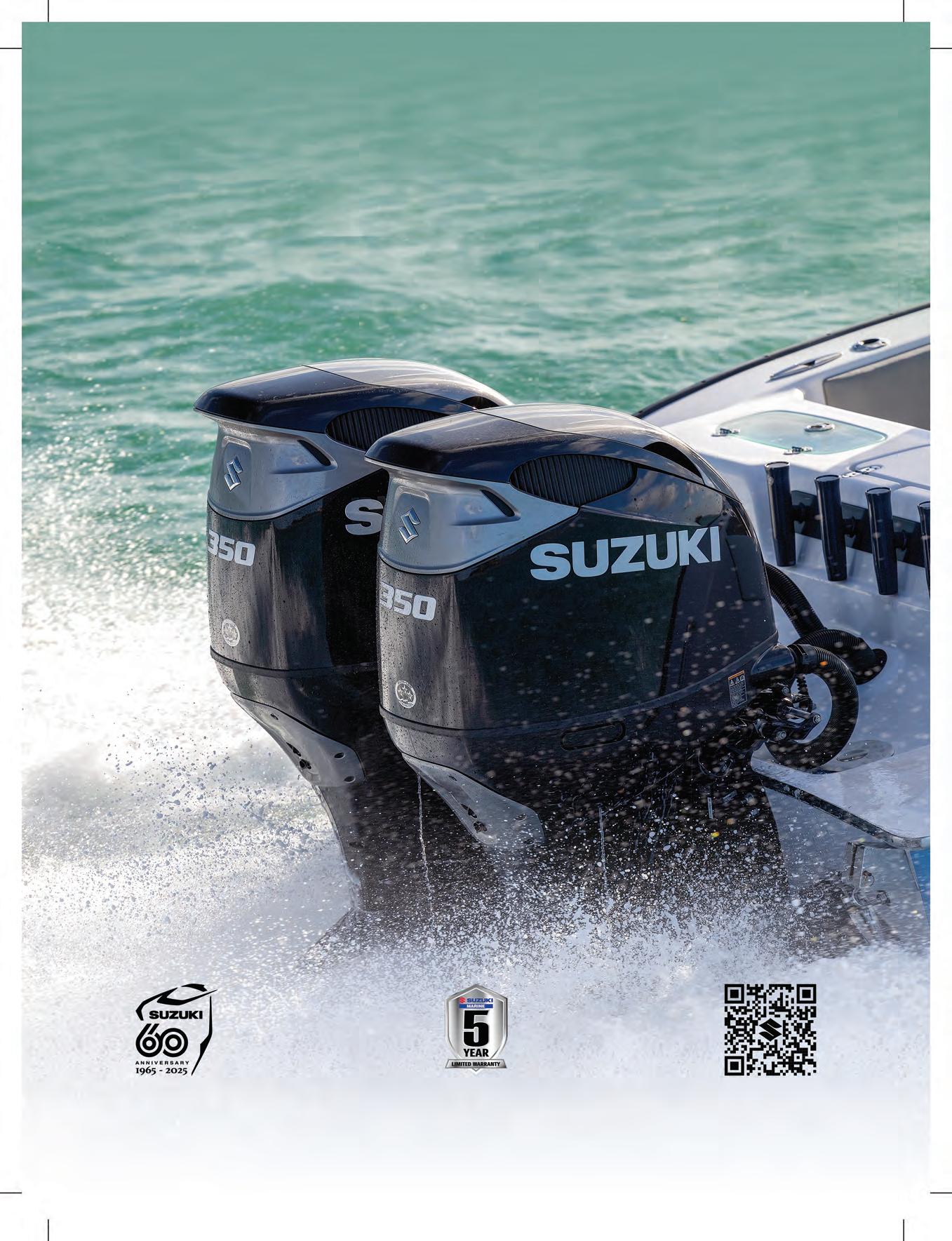

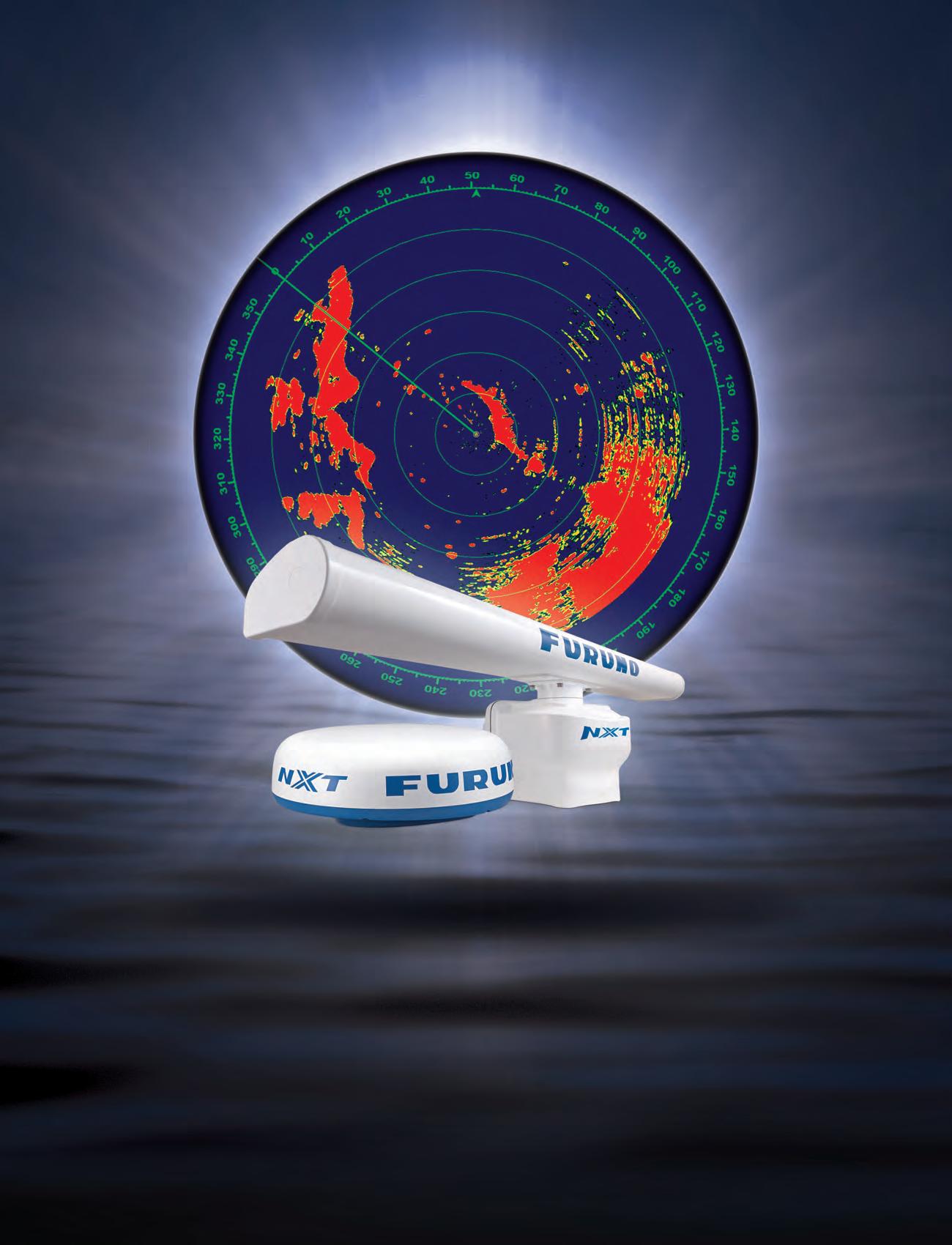
You’re looking at it! Furuno’s award-winning Radar gives you clarity & target separation like no one else. Don’t take our word for it. See for yourself. Scan here, and we’ll show you!





















You’re looking at it! Furuno’s award-winning Radar gives you clarity & target separation like no one else. Don’t take our word for it. See for yourself. Scan here, and we’ll show you!











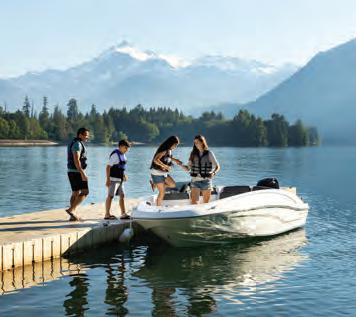






Embarking on the open water is an exhilarating experience, flled with the promise of adventure and relaxation. Whether you’re a seasoned sailor or a weekend cruiser, protecting your vessel with proper insurance is not just a choice—it’s a necessity. Explore the reasons why every boat owner should prioritize boat insurance for a worry-free voyage.
The open water can be unpredictable, with unexpected storms, collisions, or other potential accidents. Boat insurance can give you fnancial protection if there is damage to your vessel, providing coverage for repairs or replacement.
Accidents on the water can result in damage to other boats, docks, or even injuries to passengers. Boat insurance offers liability coverage, which can pay for damages or injuries you’re liable for while boating, up to specifed limits, and lawsuit costs if you’re sued. This includes damage you cause to another watercraft or if someone on or near your boat is injured and you’re found to be legally responsible.
Unfortunately, boat theft and vandalism are realities that boat owners face. Boat insurance has comprehensive and collision coverage that can protect you against events outside of your control, including theft and vandalism.
Accidents on the water may lead to injuries for you or your passengers. Boat insurance offers a range of optional medical payments coverage limits, helping to cover medical expenses if you are in an accident or someone is hurt on your boat, regardless of fault.
If you fnanced the purchase of your boat, most lenders require insurance coverage to protect their investment. Having boat insurance not only fulflls these requirements but also gives you peace of mind knowing that your fnancial interests are safeguarded.


Some water municipalities and marinas may require proof of insurance for docking or accessing certain areas. Boat insurance allows you the fexibility to explore different destinations without worrying about entry restrictions.
Emergency towing and assistance
Progressive boat insurance can include optional Sign & Glide® On-Water Towing coverage. If your boat is disabled or breaks down on the water, Sign & Glide® pays for on-water towing, jump starts, soft un-groundings, and fuel delivery.
Wreckage removal
If your boat sinks, Progressive boat insurance will cover the cost of removing your boat from the water (if removal is legally required).
Investing in boat insurance is not just about protecting a valuable asset; it’s about safeguarding the memories, experiences, and joy that come with your on-water adventures. Don’t let unforeseen circumstances disrupt your journey—navigate with confdence, knowing that Progressive boat insurance has you covered. Ensure a smooth and worry-free voyage, because when it comes to your boat, peace of mind is the ultimate luxury.
Scan to get a quote in as little as 4 minutes
learn more.





















Nestled in the scenic Blue Ridge Mountains of North Georgia against a backdrop of forests and river banks, the bustling Bavarian alpine village of Helen o!ers a wealth of shing opportunities for anglers of all skill levels.
By Unicoi Out tters
Trout shing is a highlight in the Helen area, with rainbow, brown, and brook trout abundant in local waters. Anglers can explore various shing experiences:
• High-Elevation Wild Trout: Tackle small creek wild trout in the serene mountain streams.
• Stocked Streams: Fish in streams replenished by the Georgia Wildlife Resources Division, o!ering both catch-and-keep and catch-andrelease options.
• Smithgall Woods State Park: Reserve a spot to pursue trophy trout in this pristine park.
• Private Water Access: Book guided or unguided trips on exclusive sections of the Chattahoochee and Soque Rivers.
#e optimal trout shing seasons are spring (March-May) and fall (October-November), with cooler water temperatures and comfortable
air conditions. Winter shing is also rewarding for those prepared for colder conditions.
For bass enthusiasts, the Helen area o!ers diverse shing experiences:
• River Fishing: Target native shoal bass, spotted bass, redbreast sun sh, and bluegill in the Chattahoochee and Chestatee rivers.
• Lake Fishing: Explore lakes like Burton, Seed, Rabun, Chatuge, and Lanier for largemouth bass, spotted bass, and sun sh species.
#e Helen, GA region is also home to three species of native redeye bass: Chattahoochee, Bartram’s, and Coosa bass. #ese colorful and spirited sh are best targeted from April to September. Anglers can pursue these species as part of the Georgia Bass Slam.
And, worth noting, Helen is an excellent destination for family shing adventures:
• Unicoi State Park: O!ers opportunities for
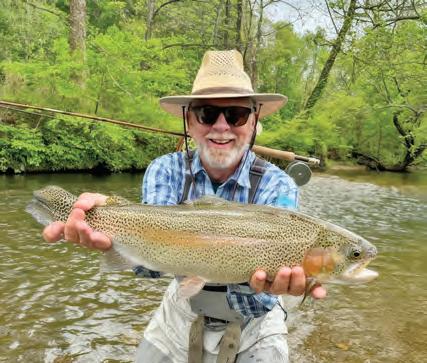
kids to trout sh in Smith Creek, bream sh in the lake, and enjoy activities like hiking to Anna Ruby Falls, zip-lining, kayaking, paddle-boating, and archery.
• Lake Burton Trout Hatchery: A short drive from Helen, this hatchery allows visitors to sh for stocked trout at Moccasin Creek State Park, explore wild trout streams upstream, bream sh at the lake shoreline, and hike to Hemlock Falls.
Whether you’re an experienced angler or a beginner, Helen, GA o!ers a diverse range of shing experiences and is a worthy destination to add to your bucket list.
Unicoi Out tters, established in 1994, is the Helen, Ga area’s premier y shop and guide service, providing expert guidance and quality gear to enhance your shing experience. Visit unicoiout tters.com to learn more about available trips, gear, and to book your next shing excursion. To learn more about Helen, GA, visit helenga.org.






By Ben Martin, Editor in Chief

Chimney Rock Village, North Carolina was decimated by last year’s rare hurricane surge in the Rocky Broad River. Decimated. All ve of the village’s bridges, 30 percent of the small businesses, most of Main Street to Bat Cave, the village’s two campgrounds, over 35 RVs, and over 30 homes were washed away. With only one road in or out of Chimney Rock, no power, no public services and winter coming on, this little mountain village of 125 residents banded together to help each other. #ey immediately rolled up their sleeves and began the process of survival and renewal.
Always one of this writer’s favorite trout streams, Chimney Rock Village and it’s meandering Rocky Broad River was an annual sojourn for me and many anglers throughout the country.
I recently visited Chimney Rock and had the opportunity (privilege) to speak with the town’s mayor, Peter O’Leary, about the village’s reconstruction e!ort and how truly self-reliant these mountain folk are. According to Mr. O’Leary, volunteer groups like Spokes of Hope and the 101st Airborne showed up with much needed supplies and the Chimney Rock community, along with the volunteers, began the process of moving forward; volunteers like Shane Zoccole, Barbara Meliski, Joe from Wyoming, the whole Spokes of Hope crew immediately started pitching in.
#e river has taken a somewhat di!erent route through Chimney Rock. Some say its course now resembles its course from the mid 1800s when residents rst began settling the Hickory Nut Gorge. Today, crews are hard at work everywhere you look, roads are in and the future looks bright for a return to a new form of reality for both the residents as well as visitors. And while the course of the river has morphed, the sh haven’t gone anywhere, and while the riverfront buildings will invariably change, the beauty of the

mountains and the serenity and superior trout shing of the Rocky Broad River, along with the spirit of the residents will likely never be diminished. For that we wholeheartedly embrace the moniker of “Mountain Strong” for everyone involved in this heartfelt e!ort to reclaim and restore this beautiful mountain village.
Whether you’re chasing trophy fish or charting your next offshore course, your time on the water deserves the best in navigation and marine technology. Defender brings you UNBEATABLE PRICES and EXPERT SUPPORT on Lowrance and Simrad electronics—trusted by professionals and weekend warriors alike.

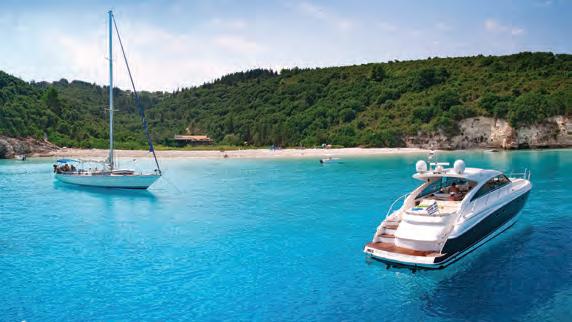
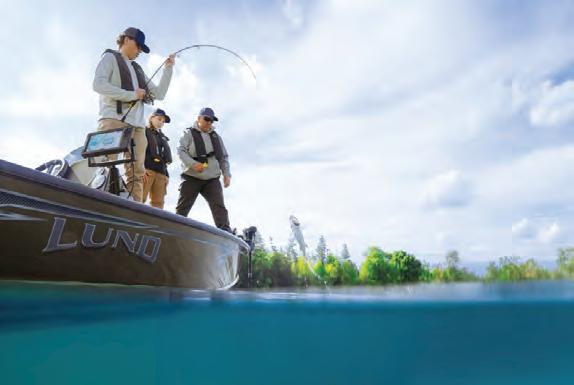




during the initial feeding frenzy.
If you have outriggers, trolling 4 lines is pretty straightforward. If your riggers have dual clips, the highest set clip will hold your longer lines. If you only have single clips, use them for longer lines with rigged ballyhoo, and run two chuggers from the gunnels, set closer to the boat.
If you dont have outriggers, you can use shorter rods or bent-butts for short lines near the back of the boat, and run two longer lines from taller trolling rods, set behind them midship, or just keep it simple and run two or three lines. #e most important rule of setting a spread is that lures that dive deeper should be set as shorter lines, running closest to the boat, while lures that skip the surface will be your longest set lines. #is gives you the ability to turn the boat without risking tangles. If your short chuggers are exactly the same, they can be run at identical lengths, otherwise, stagger them appropriately according to their weight and depth they run through the water.

By Capt. Quinlyn Haddon
or new boat owners with a vessel and captain capable of getting o!shore, targeting mahi is a great choice for rst-timers who are wanting to push into the o!shore shery.
Mahi shing doesn’t require any predetermined coordinates, and anyone can head out there and nd them. Depending on your location and time of year, you can start looking for signs of life as shallow as 100’. #is time of year in the Florida Keys, you may have your best luck past 500’.
As you make your way o!shore, your hunt begins immediately. Your head should be on a swivel, scouring near and far for the telltale signs of mahi activity. Current edges, weedlines, debris, baitsprays, and diving birds found within the
desired depths, are all worth checking out.
When you have found one of these potential mahi zones, you will initially troll the area, and then move into casting at the school once you have hooked up to a sh.
Depending on your boat’s set-up, you can get the job done trolling 2-5 lines. It really isn’t necessary to go overboard with a mahi spread as they have a tendency to tangle lines, and a majority of your catching will be done a$er you have hooked up to a single sh. Once you have hooked up on the troll, you will have to clear all the other lines to prepare for casting at the school. If you have too many lines to clear, you may miss your opportunity for multiple hookups
If you want to run a $h line down the center, you can choose a long line that increases your chances of catching tuna. #is rod should be placed up high on the center of the boat in the rocket launcher and should have a very light lure that skips the surface. Alternatively, you can run it short from the transom, with a lure that dives deeper and increase your chances of catching wahoo.
If you opt for the short $h line, be aware that running anything with treble hooks is not recommended for targeting mahi. Not only do ip like rabid snakes when in the boat, but as they jump and shake when hooked, they can send that lure %ying back at you if they are successful in freeing themselves. Choose a wahoo lure with single hooks if you are running this type of spread.
If you go with a long line as your $h line, be mindful that you will likely catch more weeds this way. #is is a better option in open water while trolling under birds rather than weedlines. It also makes cult to make tighter maneuvers. Always make wide turns, and speed up through them to keep the lines tight and maintaining the lure’s action.
Once you’ve hooked into a mahi, slow the boat but keep it in gear while you clear the other trolling lines. Bring the hooked sh close to the boat, but leave it swimming in the water as it will act like a chumbag to bring his buddies up to casting range. Grab your spinning rods with 50-80# leader and an 8/0 j hook, toss on a live or chunk of bait and cast out behind the hooked sh. Let back, occasionally stopping the line with your nger and giving it a little twitch and then continuing to free-line it back. When you get a bite, give the sh a few seconds to eat awnd then close your bail and reel. Once you have all your rods hooked up with sh, start taking them into the boat one at a time and casting back into the school, holding multiple hooked sh in the water as you start rotating them out.
If you aren’t quite ready to go solo yet, give Sweet E’nuf Charters a call to book a mahi catching trip and we’ll teach you everything you need to know to make the mahi fear you.
Happy hunting!
Capt. Quinlyn Haddon guides with Sweet E’Nuf Charters out of Marathon, e Florida Keys. (504) 920-6342. www.captainquinlyn.com; IG: @captainquinlyn
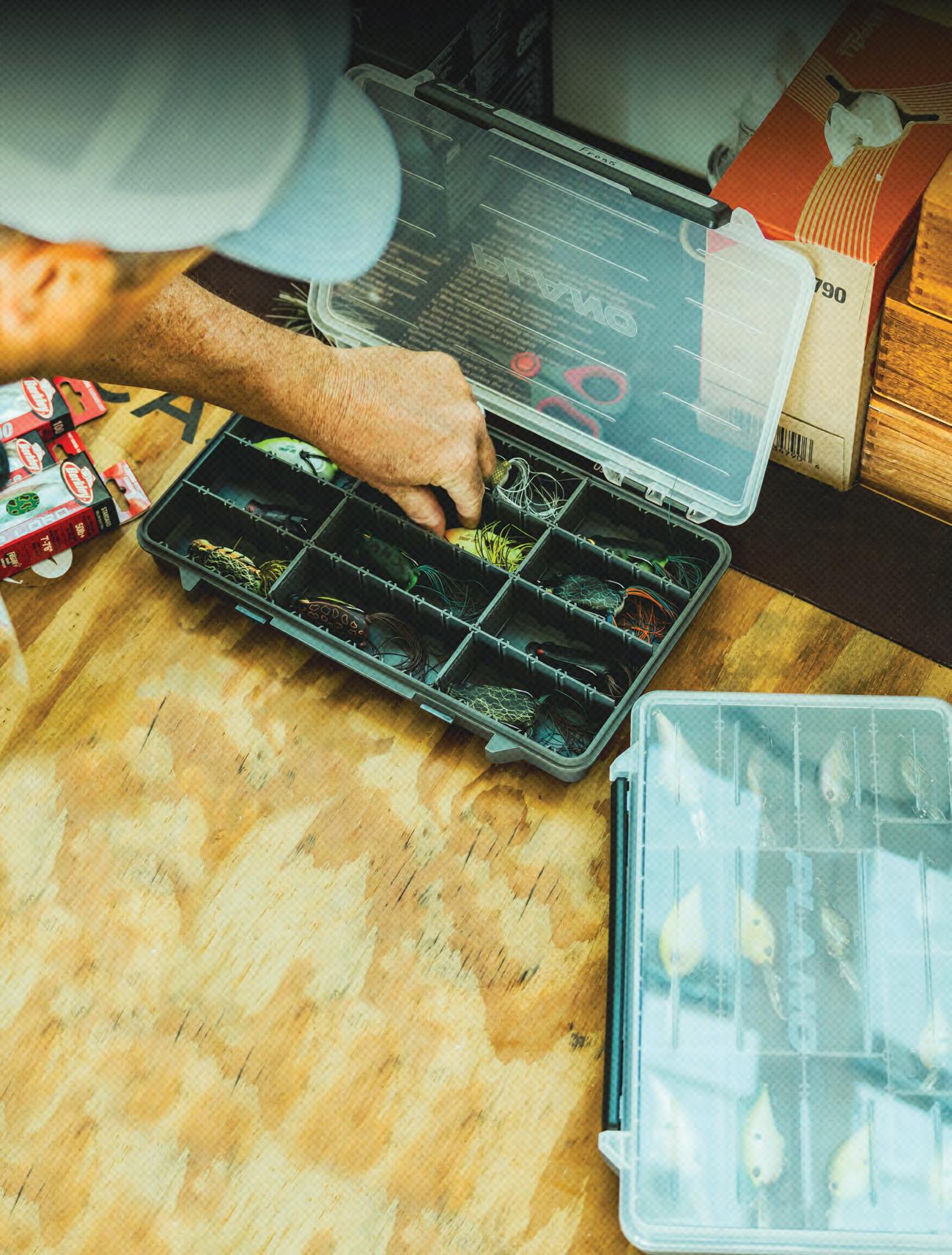
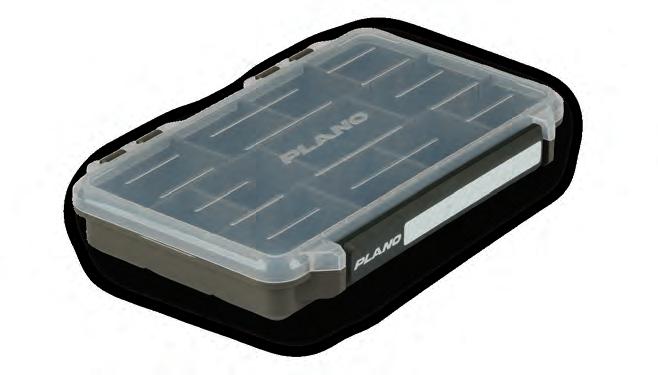










It’s no fsh tale when you run with a John Deere. You can get everything done faster and easier, so you get more time on the water. Plus, our special offers make them the catch of the day.




The National Oceanic and Atmospheric Administration (NOAA) Fisheries has announced a short recreational season of just two days for 2025 for red snapper in the South Atlantic. Red snapper harvest will be open for recreational anglers in the South Atlantic, from North Carolina through Florida, July 11 and 12. !e limit is one sh per angler.
Dates are subject to change in case a small cra weather advisory is projected. Any change in the date of the recreational season will be announced in the Federal Register, Fishery Bulletin, and an announcement via NOAA Weather Radio.
NOAA Fisheries also withdrew the proposed bottom shing closure from Amendment 59 to the Fishery Management Plan for the SnapperGrouper Fishery of the South Atlantic.
Amendment 59, introduced in January of this year, proposed a 3-month bottom shing closure for 55 species of reef sh in Northeast and Central Florida each year. Comprising federal waters from the Florida/Georgia border to Southern Brevard County, the closure would have had devastating

impacts on the sport shing industry and coastal communities that rely on angling tourism dollars.
!e American Sport shing Association (ASA) applauds the elimination of the proposed closure. “We are encouraged to see NOAA reconsider and withdraw the $awed bottom shing closure,” said Martha Guyas, Southeast Fisheries Policy Director for ASA. “With more than 5 million anglers taking to the water each year in our state, recreational shing contributes $11.1 billion to the Florida economy and supports more than 70,000 jobs. !is haphazard proposal would have gutted the industry without any sound scienti c justi cation.”
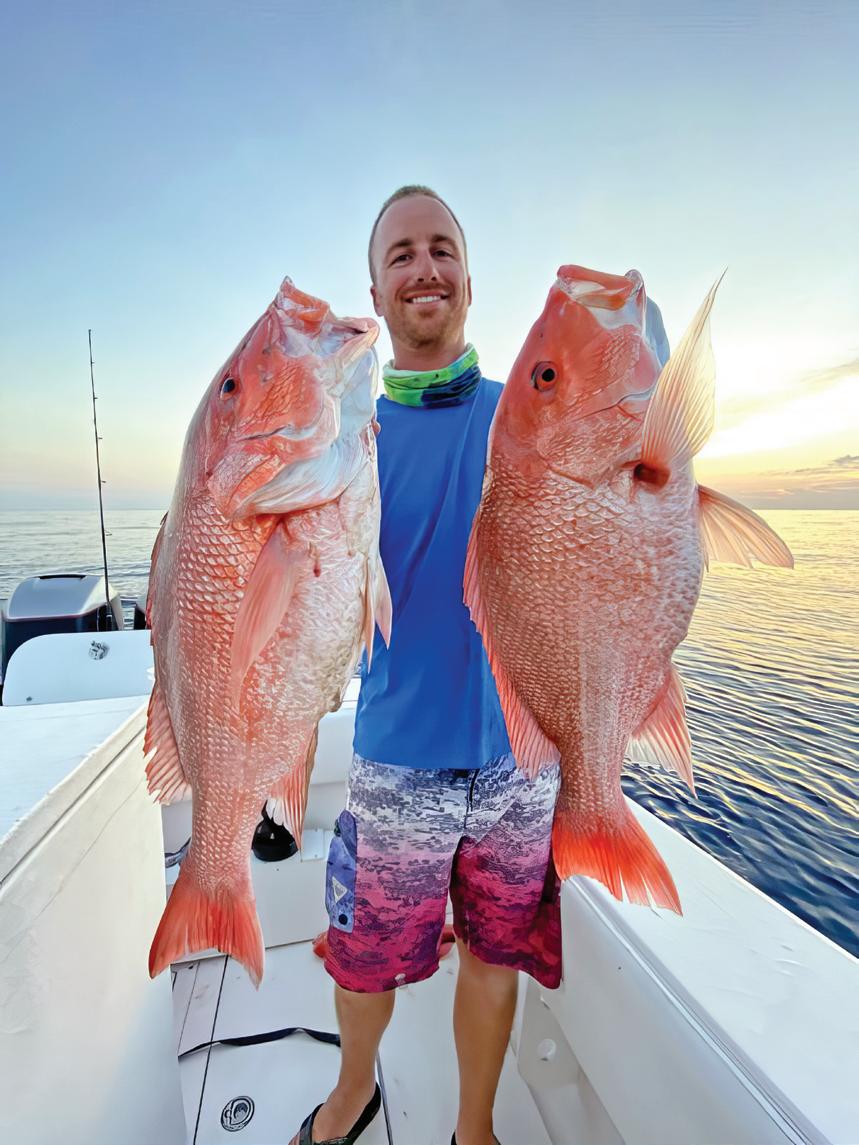
Moving forward, continued e orts to improve data collection and management are necessary to assist in providing more reasonable access. !e South Atlantic Great Red Snapper Count is underway and is expected to be completed later this summer.
ASA led a joint letter earlier this year in which 76 members of the recreational shing industry from dozens of states expressed their opposition to the area closures included in the Amendment. NOAA Fisheries also held multiple in-person hearings and received extensive comments during the public comment period, most of which opposed all or part of the proposal.
Unfortunately, Amendment 59 still maintains an unacceptably short recreational season of just two days for 2025. Although there was widespread grumbling and gnashing of teeth by recreational anglers, it did not come as a surprise to pretty much anyone.


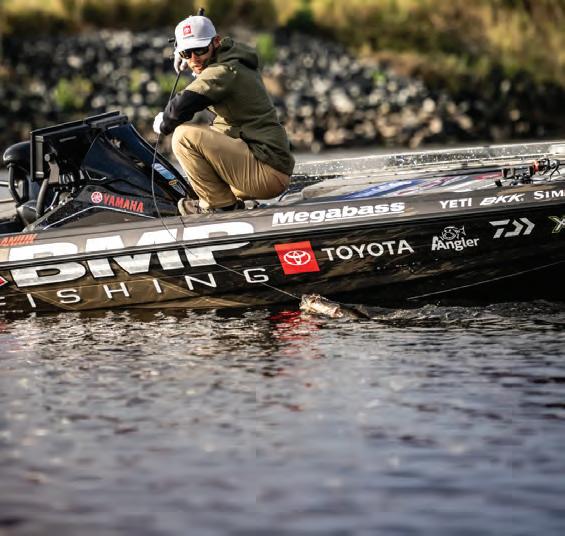
By Don Norton
If you’ve never been to Lake Okeechobee, it’s like shing in an ocean. With a surface area of 730 square miles, 135 miles of shoreline, and a length of 35 miles, it can be a bit humbling even to the top professionals who sh tournaments there. Hot spots abound. At one time or another, throughout the calendar year, virtually everywhere on the lake is a good shing area.
!e lake’s water levels uctuate 3-5 feet per year. !e normal water level in the winter ranges from 14 to 16 feet above sea level, and the normal water level in the summer months ranges from 12 to 15 feet.
As I write this article in mid-May, the water level is 11.17 feet above sea
level, unusually low for this time of year, creating many navigational hazards. It is expected to go even lower before the rainy season hits South Florida. What’s a sherman to do? !e lake becomes dangerous at this depth, and many of the best spots can be hard to get to.
Like many other anglers, I found the answer years ago.
!e Kissimmee River originally owed over 100 miles from Lake Kissimmee to Lake Okeechobee. !e waterway, part of the Everglades headwaters, was straightened and channelized into a 56-mile-long canal called the C-38 Canal in the 1960s for ood control. Restoration e$orts are underway to restore the river to its original meandering state and revitalize the ecosystem. !e depth of the river as it enters Lake Okeechobee ranges between 25 and 30 feet deep, o$ering an excellent opportunity for anglers to catch bass, crappies and bluegills. Other parts of the river can be as deep as 45 feet.
But it o$ers some excellent bass shing. Just ask Greg DiPalma, Brandon Palaniuk, Will Davis Jr., or Timothy Dube, four professionals who shed the 2025 BassMaster Elite Tournament on Lake Okeechobee earlier this year.
On Day One, shing in a small stretch of the C-41A Canal that ows southeast from Lake Istokpoga, DiPalma weighed in 29.12, Davis Jr., 26.2, Palaniuk 23.7, and Dube had 23.7. !e foursome was in rst, second, third, and 10th, respectively.
On Day Two, Palaniuk put two 8-pounders in the boat on consecutive casts, weighing in 34.10 for the day. He went on to win the tournament with a staggering 95.4 pounds, all caught in the Kissimmee River.
!is wasn’t the rst time an Elite series tournament on Lake Okeechobee was won on the Kissimmee River. Tyler Rivet won the event in 2023 a er nding an underutilized area of hard bottom spots, similar to the area Palaniuk and the others shed.
As Buck Perry used to say, “!e Home of the bass is deep water.” More and more anglers are proving that to be true.
Most of the locals will tell you, don’t overlook the river. As good as Lake Okeechobee is, the key in low water conditions, as well as other times of the year, is the Kissimmee River.
Don Norton is Co-Publisher of Coastal Angler Magazine’s Okeechobee edition. Contact him at (863) 273-4998 or don@theanglermagazine.com.



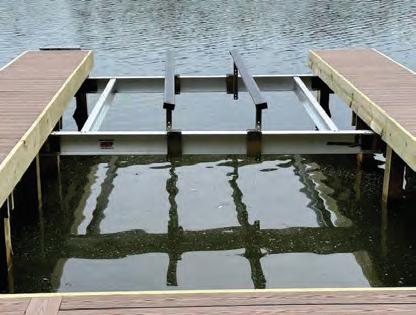

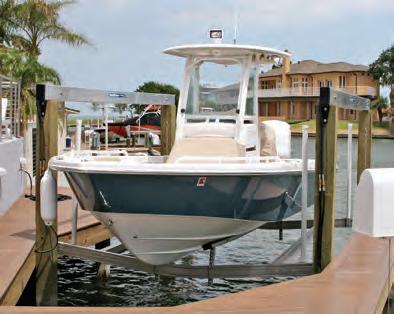


ShoreStation hydraulic boat lifts are a reliable choice for coastal residents and boating enthusiasts alike. Their strong construction, made with corrosion-resistant materials, allows them to withstand harsh environmental conditions, including sun, storms, and saltwater damage. ShoreStation provides a steadfast solution for protecting waterfront investments, o ering peace of mind to owners in the Sunshine State.
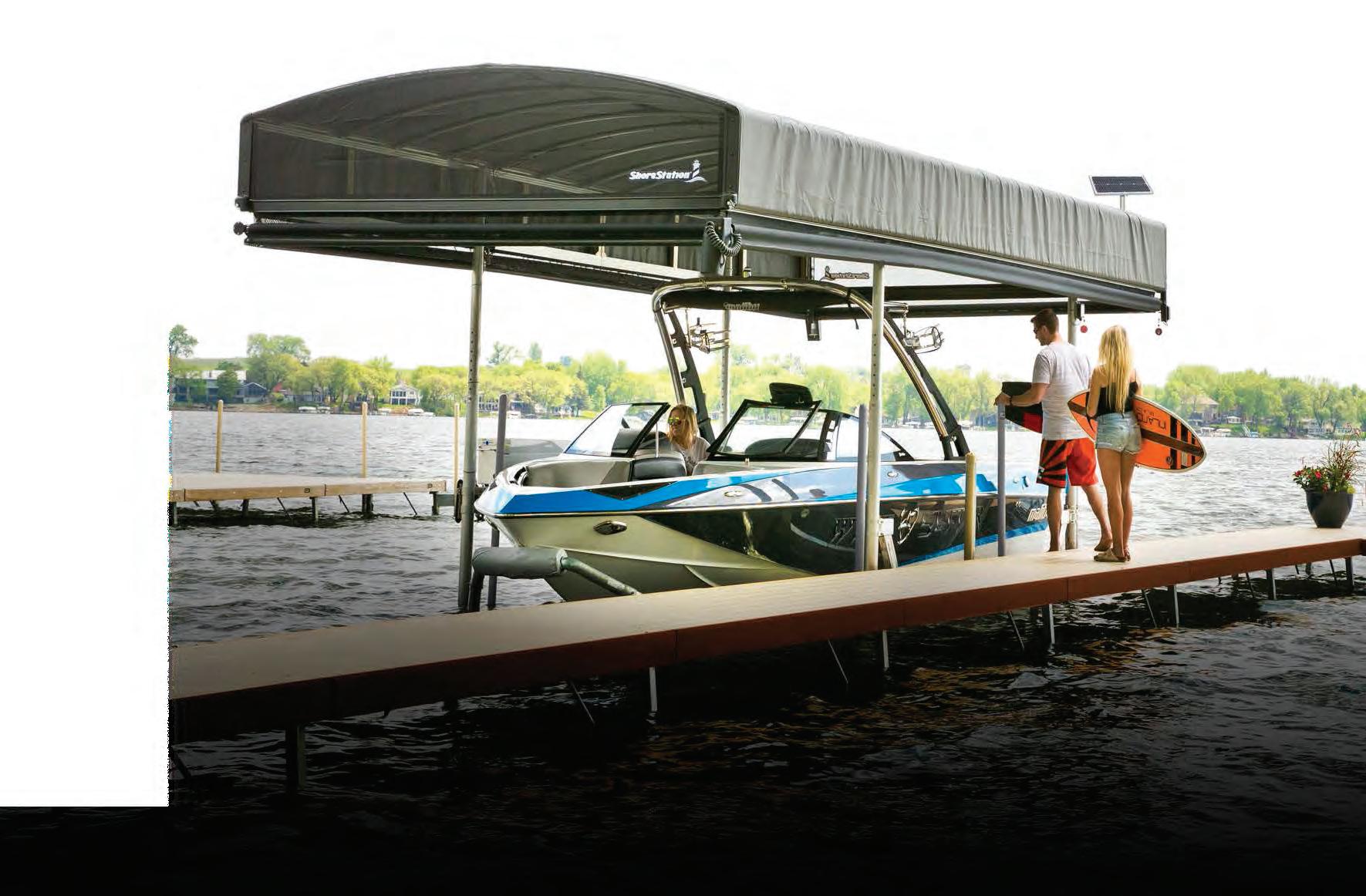
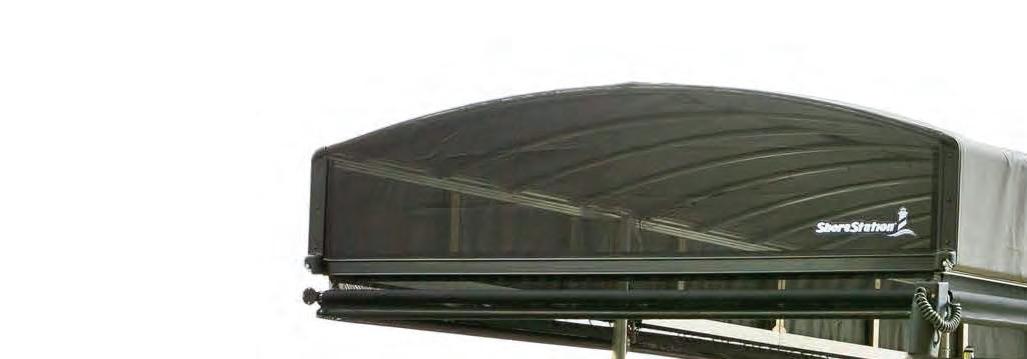
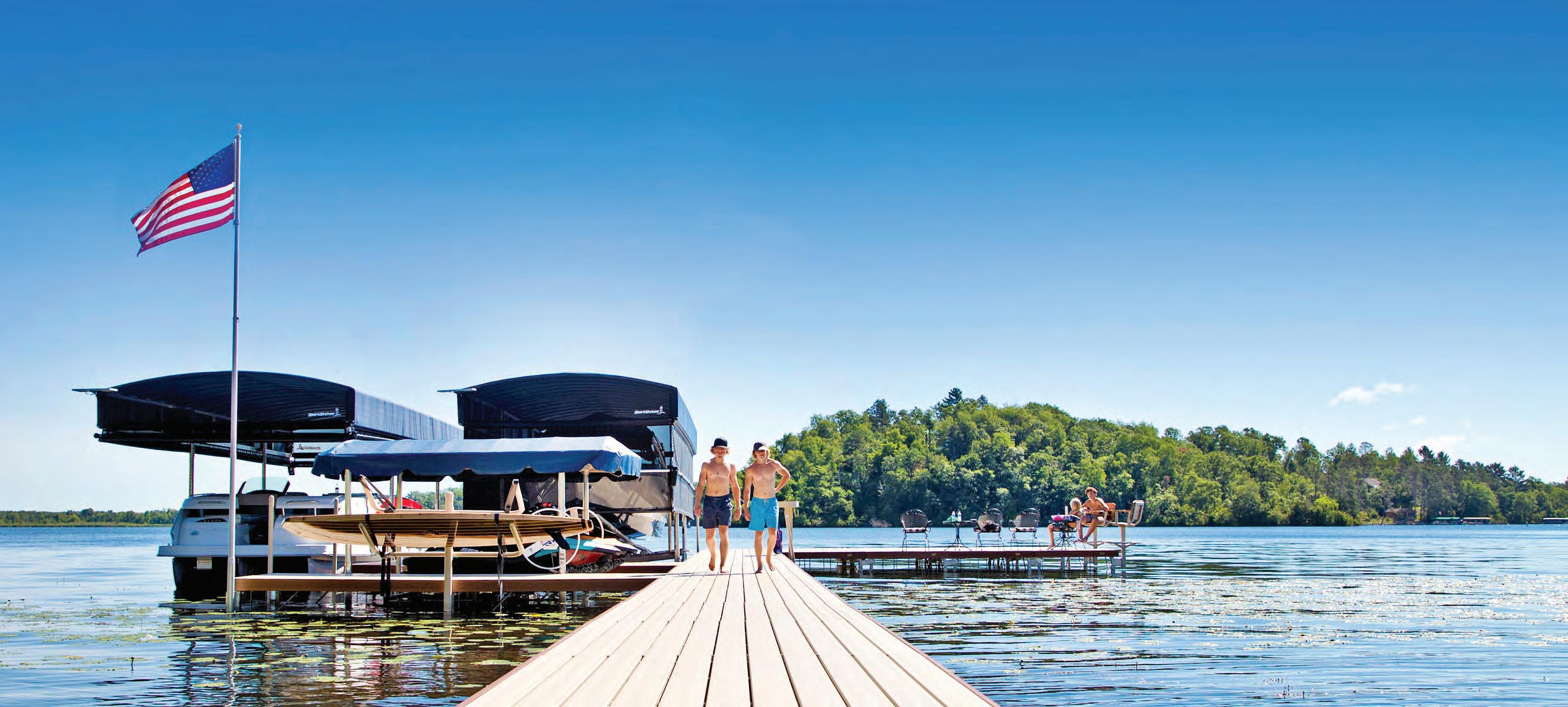





Equipped with exceptional weather resistant fabric and breathable SunTex 80 woven mesh ends for maximum protection and durability,

Made from the highest quality materials, our innovative hydraulic boat lift is one of the fastest and safest lifts on the market today. When you have a hydraulic lift, there’s no need to worry about wind and waves getting in your way. This lift will give you con dence to safely land and secure your boat in less-than-ideal conditions.
Never miss another moment on the water. Power your lift with clean, free solar power. Our speedy 20 watt charger features solar regulator drainage protection, saving your battery from permanent damage caused by overcharging.






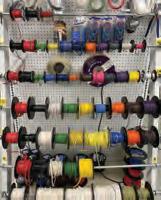








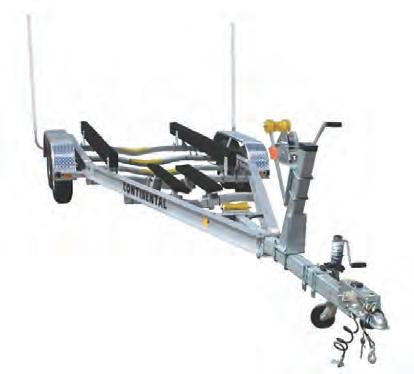








By Capt. Tony Bozzella
Julycan be super hot! I focus on the early morning bite, when things are calm and the Seabreeze with the afternoon thunder showers have not arrived. If it’s an early morning, low tide, I am going to be on the flats looking for backing / tailing redfish. My methods are usually the same, I like a very light TBS Jig in a 1/16 through 1/4 ounce with a mud minnow or shrimp. I like to have my angler put a well placed cast in front of the fishes path and wait for the bite. Last month My client, Dylan Hauser catching over 5 pound trout while it was backing in 6 inches of water!! What a great experience!! that same morning they had five reds to 27 inches. All nice legal fish. What a fantastic morning of site fishing. Even if the water is usually stirred up from all the mullet and bait kicking around, you can actually see the backs of the fish, they will reflect a rust colored reflection from the sun, and you can see them from quite a distance and plan your approach. Of course, a rod reel that can throw accurately 35 yards makes a big difference so the fish is not spooky when you get close to him. This can be a little technical Fishing, however, with a little bit of thought process and steals, it can be most rewarding. On the other hand, if the tide is higher or incoming, I like to throw lures around structure. While you can still pick up a quality redfish, you could also hook up a gator trout. (Trout over 5lbs) last month we successfully had two 5 pounders, and two 6 lber’s! In today’s day and age it is not as common to get a gator however, they are out there and with some focus and a good plan it can happen. Gator trout are very exciting. In the early morning, low light condition Fishing incoming water or high tide. I like to use mullet imitating diving lip, plugs and top waters. They are highly effective with a well placed cast over structure or points being divided

by the tide that are holding bait fish, I can also hold a hard fighting jack, lady, fish, bluefish, and even a Spanish mackerel so you can have a wide variety of species that this could be fun to add to your bag. As the sun heightens and the heat and Seabreeze pick up, I’ll usually go to a Jig or something that gets down deeper as the water is a little cooler. Also, this month the flounder bite should be starting to increase again, a TBS Jig hopped across the bottom with a mudminnow or finger mullet can be a deadly combination. One of my favorite lures if I am specifically targeting flounder is a bright colored bucktail with a piece of bait on it worked around structure such as Dock pilings, & edges of sand bars, grass lines with current. Flounder have a unique bite. If you’re working allure and get a nice thump and you realize that it is not a oyster shell and nothing happens. Give it three seconds real the slack up and set the hook and keep steady pressure on the fish because flounder are notorious for coming off the hook.
Also, as the water continues to heat to the mid 80s Tarpon will be around your bait pods along the beach and in certain parts of the river. I have a spinner with an adequate piece of floor carbon leader and a live bait hook paired with a live mullet can be a ticket. Circle hooks on a fish finder rig paired again with a piece of mullet.
Ok, until next time, get out & fish. Capt. Tony Bozzella

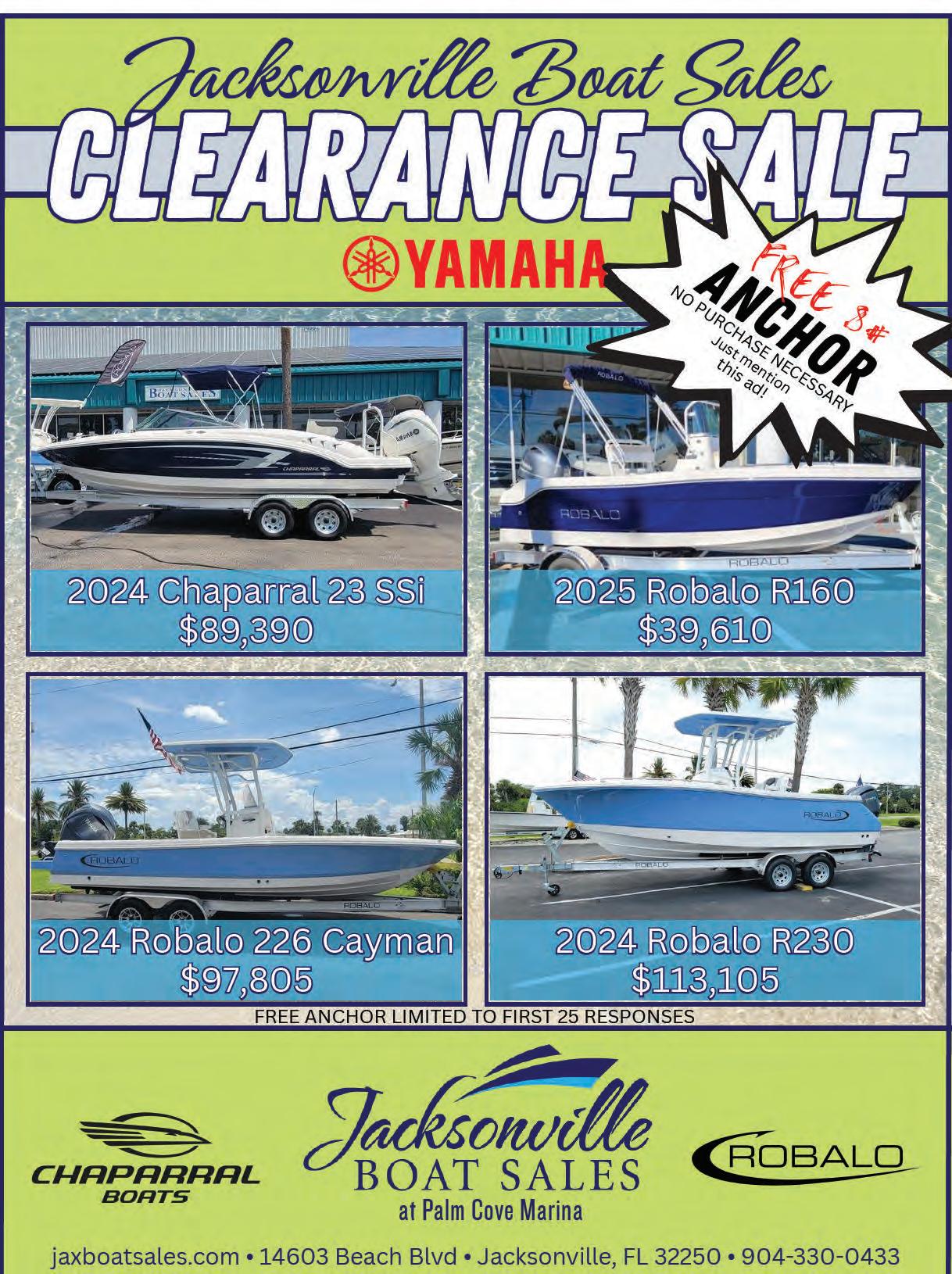
Summer is here and the fish are definitely showing it! The water is lit up with life right now and you don’t have to go far to get on the action. From beachside tarpon, to backwater redfish and trout, there’s lots of opportunities to catch some fish. Because the days are very hot now, it’s worth taking advantage of the early morning or late afternoon low tides. Redfish have been feeding heavily on shrimp and will continue to do so until fall when the water cools back down. Small finesse shrimp lures and light paddletails have been key for this low tide sight fishing. Look for skinny creeks with lots of bird action to best locate these redfish.
On the contrary, flood tides have been a huge producer of fish. Depending on the area you are in a flood tide might be a tide over 5.5 feet or in some areas in north Jacksonville it takes 6 feet of tide to create a good flood. On the incoming of these you can expect to catch trout while blind casting

around grass points and submerged shell bars. When the grass flats are full of water nearing the peak of high tide, you want to move real slow and quiet in search for tailing redfish. Small weedless lures and flies work best, but often times you can have fun with lure selection as these fish tend to become more aggressive with feeding when they are in the flooded grass.
Tarpon season is in full swing, with many tarpon being caught near the inlet mouth and in larger faster flowing creeks and even out along the beach. If you can’t get ahold of live bait such as pogies or mullet, try using a DOA Terroreyes or baitbuster, both classic yet highly effective tarpon lures. Look for diving birds off the beach and muddy patches of water in clean water, these usually signify a bait ball. These bait balls are very effective to fish. If fishing with live bait, I recommend using a 7/0 or 8/0 circle hook with a decently wide gap on 60-80 pound fluorocarbon leader about 3-5 feet under a float. Float fishing for tarpon is very effective and helps to keep your bait where it needs to be for the tarpon to best see it and pick it out of the rest of the baits in the water. Use heavy action rods and 6000-8000 size reels with tight drag to get them in as quickly as possible, to ensure a safe, healthy release.
I hope everyone can get out there and take advantage of these awesome conditions we’ve been having and get on lots of fish! Good luck to everyone. - Capt. Carson Kent
Don’t forget to book a trip with me and see how I do it first hand. I’ll teach you what you need to know and what to look for on the water to help you catch fish!
-Carson Kent
Call me to book your inshore redfish trip 904-805-3949 Carson@historiccoastoutfitters.com

Hello Northeast Florida Anglers, Summer has arrived and so has the heat—and the bite! July is always a busy time for us at the Jacksonville Offshore Sports Fishing Club. We pause our regular meetings this month to enjoy time with our families, celebrate the 4th of July, support the Greater Jacksonville Kingfish Tournament, and, of course, spend more time out on the water.
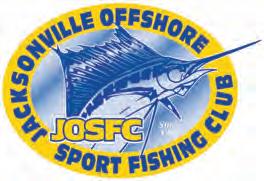
While there are no meetings in July, our members are far from idle. Reports are rolling in of solid kingfish and cobia action, and even a few sailfish have made early appearances. Make sure to mark your
calendars—JOSFC meetings pick back up on August 7th and 21st at the clubhouse. We’ve got guest speakers lined up, plenty of food, raffle prizes, and the kind of camaraderie only found among anglers. If you’ve ever thought about stopping by, that’s the time to do it, as guest are always welcome.
For over 66 years, JOSFC has been a part of this fishing community, working to promote safe boating, responsible angling, and keeping the sport we love thriving for the next generation. Until we meet again in August, stay safe, stay cool, and get out there and fish! Don’t forget to tag JOSFC in your catches—we love seeing what you’re pulling up.!
Tight lines, Captain Chris Jacksonville Offshore Sports Fishing Clubs www.josfc.com












By Steven C. Miller
President, Save Rodman Reservoir Inc.
Florida stands at a crossroads in its environmental policy, and nowhere is that more evident than in the renewed push to dismantle the George Kirkpatrick Dam and drain Rodman Reservoir—known to some as Lake Ocklawaha. Tucked into Senate Appropriation Bill 2500 is a directive for the Florida Department of Environmental Protection to develop a plan to implement a decades-old restoration proposal. The move has caught many by surprise, and troublingly, it appears to have been made without consulting local communities who would bear the greatest impact.
As someone who has studied this issue extensively and joined the Save Rodman movement with conviction, I believe the arguments for removing the dam rely more on nostalgia and idealism than science or current reality. Over more than 50 years, Rodman Reservoir has become a thriving ecosystem, an economic asset, and a water-quality tool—an ironic twist for a project once deemed controversial.
Let’s be clear: removing the dam would have real environmental consequences. Studies have shown that detrimental nutrient loads to the St. Johns River would increase. That river, already plagued by annual algae blooms near Welaka, would likely see longer and more intense outbreaks. With more than 3 million new residents expected in the St. Johns River Water Management District territory in the coming decades, the last thing we need is further degradation of our surface and groundwater systems.
Silver Springs, once a symbol of Florida’s natural beauty, has been battling excessive nitrogen levels for years—levels now 3 to 4 times the baseline. Since the Silver River provides up to 80% of the lower Ocklawaha’s flow, this pollution will directly affect the Rodman Reservoir and everything downstream. Yet, Lake Ocklawaha currently acts as a buffer, reducing nutrient loads by roughly 35% as well as reducing turbidity during storm events.
Moreover, the idea that breaching the dam would “restore” a natural ecosystem ignores what’s developed over half a century. Entire wetland systems have migrated uphill, adapted, and flourished in the current environment. Removing the impoundment would destroy thousands of acres of these new wetlands, along with the habitats they support. It would also threaten water levels in nearby wells—an unacceptable risk in rural counties lacking municipal water services.


From a resource perspective, Rodman is already doing the kind of work the state and federal governments are spending billions elsewhere to replicate: storing and treating water naturally. The site even holds potential for renewable energy through a low-impact hydroelectric facility. The state is also spending hundreds of millions of dollars hardening infrastructure against to offset the potential effects of sea level rise and developing alternative water sources for areas where saltwater intrusion and groundwater pollution are compromising municipal wells. Rodman, at 19 feet above sea level with the potential to provide up to 30 million gallons of fresh water a day covers both of those bases.
Economically, Rodman Reservoir is a lifeline. It brings recreational tourists and sustains livelihoods in one of Florida’s poorest counties. For many, it’s more than just a fishing hole—it’s food on the table.
If restoration is truly the goal, why not begin with the 20-plus miles of the Ocklawaha River that remain ditched and diked between Lake Griffin and the Silver River? That’s the real unnatural segment of this system, not a lake that’s evolved into a thriving and beneficial ecosystem.
Florida needs to take a hard look at what “restoration” really means in 2025. Sometimes, progress isn’t about going backward. It’s about recognizing when a once-controversial project has matured into a critical piece of our environmental and economic puzzle. The Rodman Reservoir and the Kirkpatrick Dam deserve not only protection but celebration. They are not relics of a failed past—they are models of adaptive success.
It’s time for Florida’s leadership to protect this valuable asset forever— not dismantle it based on outdated assumptions.
By Dominic Anderson
Fireworks on the water here in Northeast Florida! Tarpon are busting up bait, jacks chasing any bait fish in sight, flounder on the prowl ready to ambush anything that swims over their head, mangrove snapper schooled up in line to eat your next bait, and the bull redfish searching for that easy meal in the heat of summer. The bait is thick and around every bend or hole in the intercostal. Expect to have very hot days on the water and super stormy summer evenings and mid day showers. Don’t let this steer you clear of the fish, sometimes these storms can fire them up and have the fish in a frenzy!
When you find the tarpon, be ready because just as quick as you find them there gone. Tarpon can be found crashing baitfish in deep moving water! That being said we oftentimes have the large size ones pushed way back up in a creek. This time of the year a five inch mullet or candy bar sized pogie will get you bent on a silver king along with a stout circle hook tied up to around a sixty pound leader. You’ll want to find these big fish by bridges, inlets, bait pods and deep holes. Don’t underestimate these fish, come to battle with a hefty reel and a rod with some back bone as you’ll bow to these fish if you intend to get them anywhere remotely close to the boat. Talk about a solid rod and reel combo, you’ll need one for the bull reds too. We use a Bull Bay Brute force rod paired up with Florida Fishing Product eight thousand size Resolute. A force to be reckoned with, throw a Carolina rig
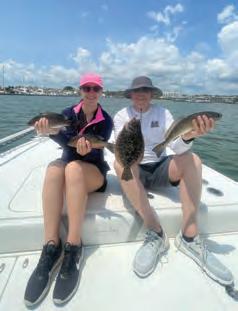

down with a cut mullet, pogie or blue crab on and wait for that line to start zipping out. This can be done in the same places you tarpon fish because usually the big reds are looking for an easy meal just as the tarpon are. Mangrove snapper can be found on piles of rocks, debris, docks and near marinas. The snapper are an excellent table fair and an even better fight on light tackle. We like to use a quarter ounce jig head with ten pound leader and a meatier bait whether it be a mud minnow, a shrimp or even a small mullet. We oftentimes will pick up a flounder or two as a by catch while snapper fishing as they love the same baits and are typically found in the same areas. When you do find one flounder expect to see a few more as they stage up together this time of the year. Be weary that your bait might get robbed from those aggressive jacks as they roam the Intercoastal water way relentlessly this time of the year. Oftentimes in July we like to transition to using more mud minnows and finger mullet more than shrimp as it seems the fish are more keyed in on the bait fish. Try the Zman artificials as well, can’t go wrong with a weedless hook and an all white paddle tail. Usually having the best luck throwing in small pockets up in the creeks and it’s just something they usually can’t resist.
Don’t forget to fish the beach as we all know the kings and maybe a sail or two are cruising the coast especially on the hot flat summer days. If you have any questions about fishing or want any advice please do give me a shout at my number below. Tight lines everyone and we will see you in the ditch or out on the pond.
Capt. Dominic (904)-962-6184
Instagram:staugustine_fishing www.fishardy.com





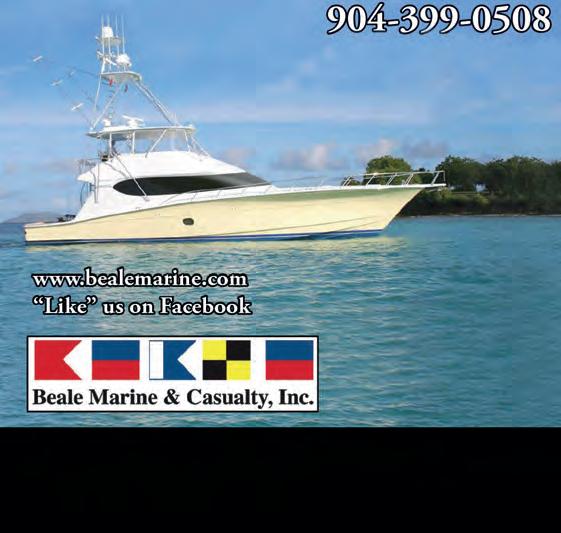


By Capt. Tommy Derringer

It’sand hold on. If you don’t see any tarpon, you’re sure to see a ton of big sharks and they will put a bend in the rod.
Inshore, the best bite will be early (from about 6 a.m.-10 a.m.). Things tend to get a little too hot during the day and the fish will sit lower in the water column. At first light a top-water really can’t be beat this time of year as redfish and trout will be willing to give serious chase and devour a Berkley J-Walker plug. Once the sun gets up a bit, you’ll want to change to something sub-surface like a Saltwater Assassin paddle tail. I like to rig them on a Saltwater Assassin 1/8 oz. or ¼ oz. jighead to help keep the bait down where the fish will be. A live mud minnow or shrimp pegged to a jighead will also work well when fishing deeper.

time to beach it! Right now, along our beaches, just outside the surf, there are tons of pogys (menhaden) getting chased, thrashed, and eaten by one of many predatory fish that roam our waters this time of year. Tarpon, kingfish, huge jacks and sharks are just some of the monster sea creatures waiting for you to hook into for the fight of your life! A great all-around rig to catch just about all those fish is to rig a live pogy on a medium to large circle hook and cast just around the edges of the pods. You may or may not want to weight the bait down a bit depending on current and wind conditions. Getting an early start will also increase your chances of hooking up along the beach as the feeding frenzy tends to taper off as the sun gets higher in the sky. By now tarpon should be thick along the beach gorging themselves on the pogys, but another fun way to catch the silver king in our region is to hunt them behind the shrimp boats. Summer brings the shrimp boats within a mile or so of the beach. Look for the boats that have birds hanging around, as those are the ones getting ready to or just recently dumped their by-catch overboard. Approach the shrimp boats from behind and be very aware of any rigging they may have in the water. It’s as simple as going slow and looking at what’s feeding on the by-catch. Net a few of the floating fish and use them for bait. When you see a tarpon gulping down by-catch just toss your bait in the chum line
The water will be at its murkiest over the next couple of months and there are a few ways to get a fish’s attention even on the “dirtiest” of days. A couple old faithful rigs are the popping cork and the gold spoon. I like to rig a popping cork with about 18” of leader under it with a scented soft plastic or live bait. This is many NE Florida anglers’ go-to rig for high tide summer fishing for redfish, trout, and flounder. The popping noise will attract fish from a good distance. The gold spoon is also great this time of year as it puts off a lot of vibration that allows fish to find it even in the murkiest of waters. Somewhat of a more recent phenomenon is the spinner bait in saltwater. It has all the thump (and then some) of the spoon but allows you to rig a scented soft plastic on it for double dose of fish catching genius.
Capt. Tommy Derringer 904-377-3734 • www.InshoreAdventures.net
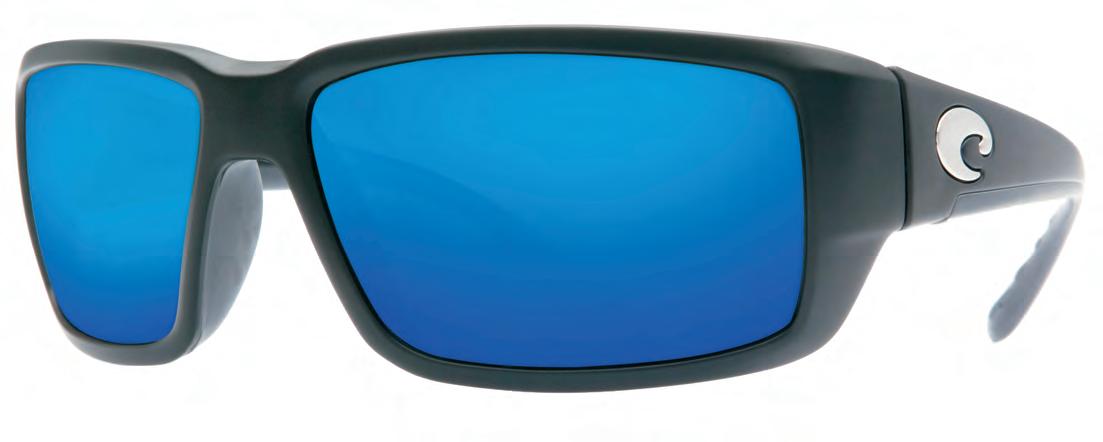



By Terry D. Lacoss
Tarpon will be plentiful in Amelia Island waters during the month of July along the beaches and inlets. The tip of the St. Mary’s rock jetties offers some of Florida’s best tarpon action while fishing all the in-coming tide. Fish dead on the bottom with cut baits including menhaden, mullet, croaker, yellowmouth trout or Spanish mackerel. The beaches located at the southern portion of Amelia Island also will harbor excellent tarpon fishing where schools of menhaden are the big attraction.
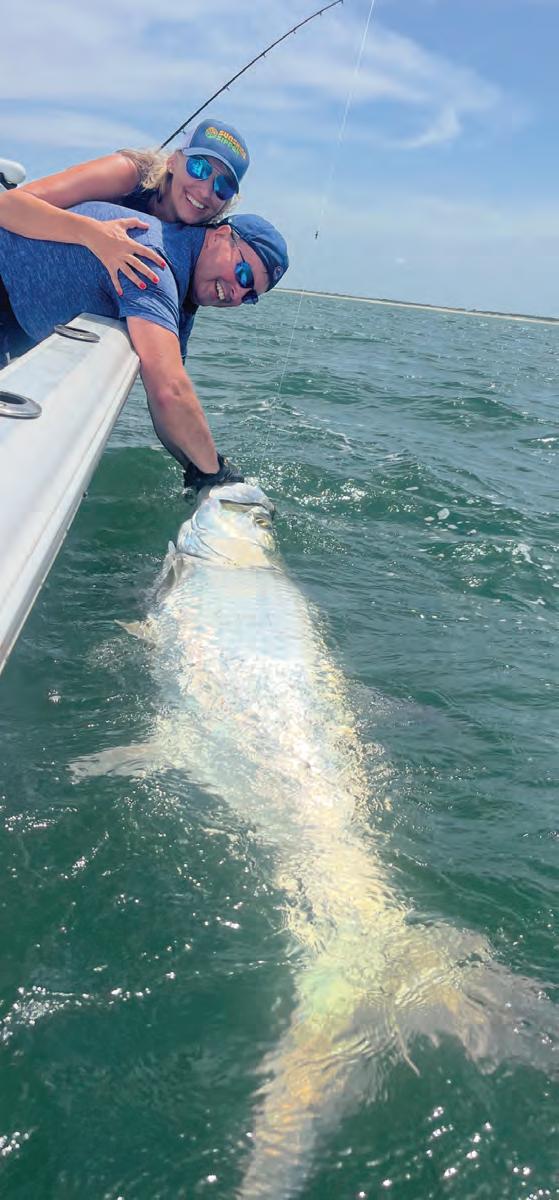
Some of the best tarpon action can be had where tarpon are schooling at menhaden pods along the beaches where casting large minnow type plugs with strong saltwater hooks produce heart stopping fishing action! Some of the best tarpon fishing action comes during the last few hours of the incoming and first hour of the falling tides.
King mackerel will be schooling along the beaches during the month of July where big concentrations of baitfish are present including menhaden and greenies. Summer kings can weigh up to fifty-pounds, but a more common weight is 15-pounds. Two of the best summer kingfish spots inshore includes both Nassau Sound and the St. Mary’s inlet. Look for the first of the incoming tide to harbor the best kingfish action while live bait trolling or anchored up at your favorite kingfish waters and chum fishing for kings that could weigh up to the fiftypound mark.
Spanish mackerel will be schooling at the mouth of the St. Mary’s jetty rocks during an in-coming tide as well and should provide both excellent eating and a good fight while trolling with a small Clark spoon light tackle as well. Live Spanish mackerel also provide excellent live baits for kingfish as well. Hard fighting and excellent eating cobia will be holding along the beaches of Amelia Island where menhaden schools are the big attraction.
Offshore bottom fishermen will find good numbers of gag grouper at FA, FC and HH fish havens while fishing dead on the bottom with a “Knocker” setup. This includes a four-ounce egg weigh threaded onto your 100-pound monofilament shock leader which rests right against your 7/0 kahle hook. This setup fishes the live or dead bait smack on the bottom where gag grouper will more than likely take you bottom bait. Best grouper bait is a pinfish fileted on both sides leaving the sides of the fish on, so the fish smell attracts nearby grouper.
Backwater fishermen will find the numbers of mullet schools have increased during the month of July where schooling redfish and sea trout will find an easy meal. Best action comes when there is an incoming tide flooding oysterbars at sunrise while casting a surface plug including the Storm “Chug Bug” or “Zara Spook” in a chrome and blue color pattern. During muddy water conditions, a chartreuse colored surface plug works best.
Small creek mouths that empty out into large bays from a large spartina marsh are great fishing waters when targeting redfish that are waiting for bait fish to fall out from the fishy marshes. Drift a large live shrimp, or small finger mullet under a brightly colored float for best results.
The little jetty rocks located at the very southern portion of Amelia Island should offer excellent sea trout action during an early morning or late afternoon in-coming tide. Fish a ¼ ounce chartreuse colored led head jig rigged with a curly tail plastic in the clear color pattern with blue metal flakes, super slow and close to the rocks. The tip of the southern portion of these small jetty rocks offers the best action.
Sea trout, redfish, flounder, jack crevalle, blues and lady fish will provide excellent light tackle action while casting a 3/8ths ounce led head and white Berkley Gulp shrimp combo along the edge of the St. Mary’s jetty rocks. Look for some of the best action to come at the inside of the south jetty rocks during the falling tide.!
www.myfwc.com. For fishing and sailing charters visit www.ameliaangler.com 904-261-2870. or visit www.ameliaangler.com
by Capt Steve Thompson
Well,
thanks to our friends at NOAA, we have been “graced” with 2 whole days to go catch 1 snapper each day. As big of a joke that is…they also dropped it right on the Greater Jacksonville Kingfish Tournament’s Kickoff Beach Tournament, which WAS scheduled for Saturday July 12th. But now that this has happened, the GJKT had to adapt. Because the last thing we wanted to do was to keep the Jim King Park and Boat Ramp closed during the snapper fishing days. This is the busiest and most used ramp on the Northside of the river.
So, after hashing out every scenario, the GJKT Board of directors has made the following changes:
Our Captain’s Meeting for all tournaments will be Tuesday July 15th at 6:30pm
Our Junior angler boat tournament will be Wednesday July 16th
The Junior Angler awards will be held Thursday July 17th followed by a short Captain’s meeting recap, for those who missed the first one.
Friday July 18th will be our GJKT general tournament, where you will be fishing for the 28ft Contender valued at over $230,000 dollars!
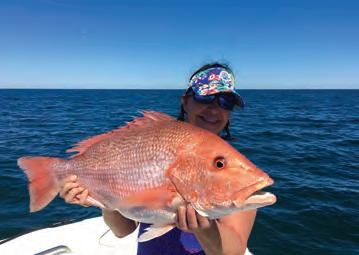
SATURDAY July 19th will now be our GJKT Beach Tournament Day, where you’ll be fishing for $50,000 cash! (based on 300 entries) fishing hours are 6:30am to 2:30pm (be in line at the weigh-in.)
Saturday evening will be our awards show with live music from the fantastic Katie O. There will be food and drink and kid’s zones and plenty to do, so make your plans to be there.
For all the details go to: kingfishtournament.
com

With these changes, our local fishermen will be able to launch at Jim King Park, with as little inconvenience as possible. And then with the re-schedule, come on and enjoy the two days of kingfishing with the GJKT, and win some outstanding prizes along the way.
Remember both these tournaments, have their own separate prize structure!!
In closing, we want you to understand that this decision did not come lightly. The GJKT Board of directors work year round planning this event, and we didn’t ask to make all these last minute changes to things already set in place. But seeing as we had no choice we have to make the best of it….which we will. You have my word on it!!
So have fun on the snapper days, put some great filets in your freezer, then come ond join all the fun and win lot’s of cash at the 45th Greater Jacksonville Kingfish Tournament!!!

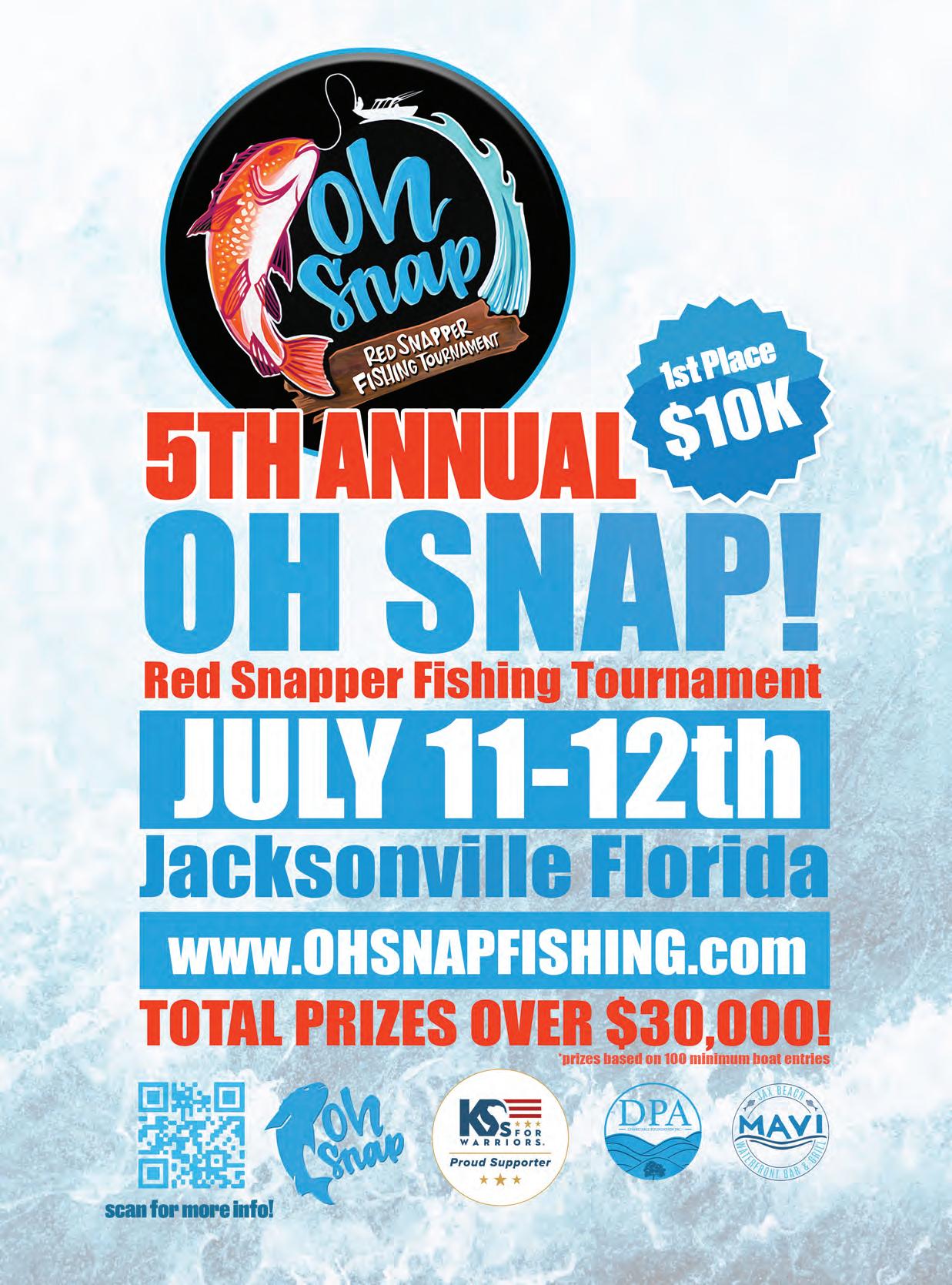
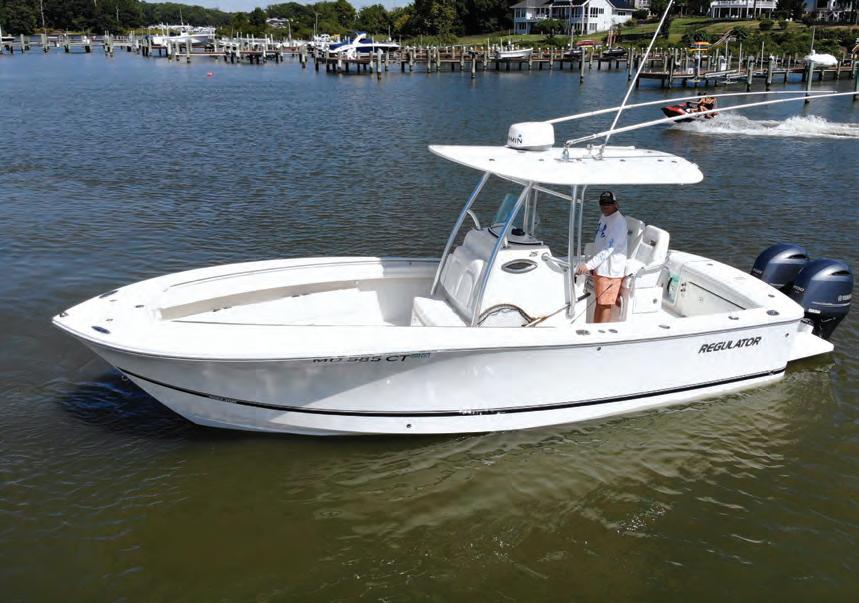








The Nassau Sport Fishing Association is a non-profit organization dedicated to develop and promote saltwater fishing in the Nassau County area while adhering to state, federal and local regulations, to encourage compliance with rules of water safety by club members and the general public, and to promote youth related community activities.
NSFA moved its Fernandina Beach Kingfish Tournament and Rodeo to late May and the fishermen responded with 106 Kingfish teams fishing the tournament. Despite “sporty” conditions, the kingfish cooperated and 55 kingfish were weighed for a total weight over 970 pounds. Proceeds of the tournament go to fund scholarships for local youth.
Cadie May of Team “Ohlala”, and captained by her dad Bruno May, won 1st Place weighing in a 35.42 lb kingfish taking home the prize of $11,700. Dennis Redmond came in 2nd place with a 31.46 lb Kingfish and Captain Geoff Stam won 3rd place with a nice 30.72 lb King.
Daxton Stewart on the Game Changer took the Junior angler division 1st place with a 19.83 lb. king and Owen Scully won 2nd.
Hayley Thomas (above) of Government Funded won the Lady angler bringing in a nice 23.30 pounder with Heather Moon taking 2nd place.
NSFA also had 34 crews competing in the Rodeo Division targeting Redfish, Sea Trout, Flounder, Sheepshead, Sea Bass and Cobia. In the Redfish Division Nick Bremmer of Amelia Island Bait and Tackle took 1st place with a 9.2 pound monster redfish to come back from last years tie breaker loss. Matt Smith, with a 2nd place in the redfish division, took 1st place in the Seatrout division with a 6.26 pounder. Dylan Dennison won the Sheepshead division with a 2.6 pounder and the Flounder division with a 2.74 pound flat fish.
Watch this space next month as we announce the 2025 scholarships made possible by NSFA volunteers, our tournament sponsors, and our tournament anglers, as well as all those who contributed by contributing and purchasing items at our tournament.. Over the years, you have

helped shape the lives of many local youth nad helped their dreams come true.
Please visit the NSFARODEO.COM leaderboard for a complete list of results and tournament photos. You can aso follow us on Facebook and Instagram..

Did you know NSFA now has a YouTube channel? In our latest release, Cpt. Rick Ryals discusses techniques for catching Kingfish. You can catch up on what you may have missed or if you just want to refresh what you may have heard at one of our other recent seminars. Our channel can be found at https://www.youtube.com/@NassauSportFishing. Don’t forget to Like and Subscribe.
NSFA meets on the 2nd and 4th Wednesday of each month at Kraft Athletic Club on Amelia Island. Join us on 23 July for our next monthly social gathering. If interested in joining, please visit our website at NSFAFISH.NET or stop by one of our meetings.
As always, Stay Safe, and we will see you on the water!
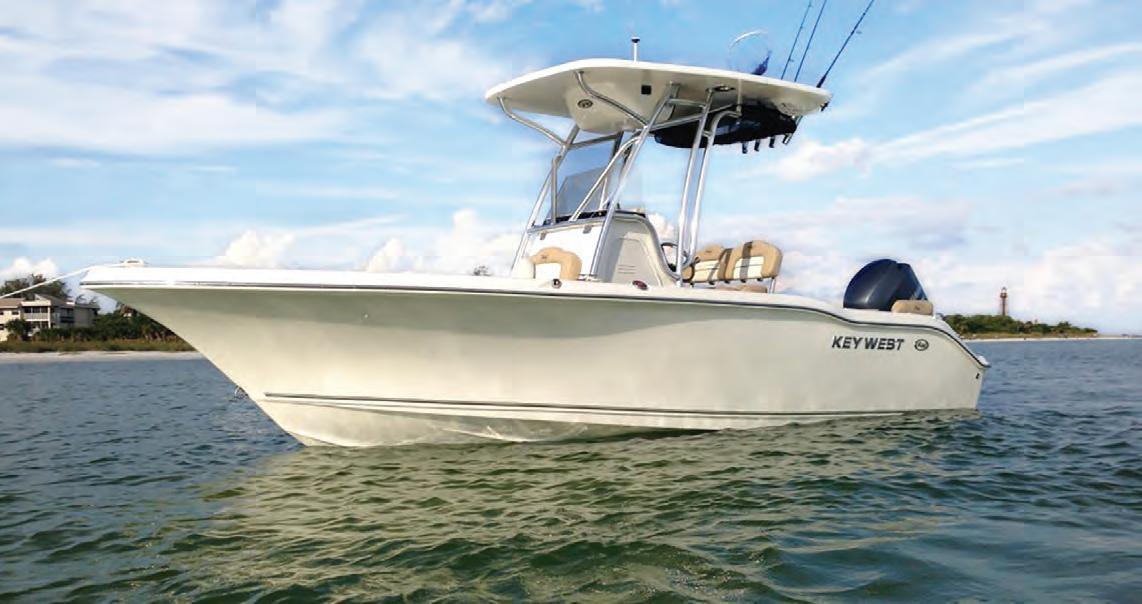



17 Thu 01:39 AM 4.77 H 07:51 AM -0.19 L 02:14
H
Mon 05:43
23 Wed 01:31 AM -0.19 L 07:37 AM 4.40 H 01:30 PM -0.66 L 08:05 PM 5.77 H
24 Thu 02:22 AM -0.32 L 08:30 AM 4.48 H 02:23 PM -0.70 L 08:56



By A. deGruchy
For two days every July, Florida’s coastlines, especially in the Keys, come alive with divers, snorkelers, and boaters all chasing one thing...spiny lobster. !is short window, known as Lobster Mini Season, is a chance for recreational shers to get in the water and collect lobster before o cial season begins on August 6. It is fast-paced, competitive, and incredibly rewarding if you know what you are doing.
Mini Season always falls on the last Wednesday and !ursday of July. It is a long-standing Florida tradition and one of the most exciting events of the year for local divers and visitors alike. But it is also highly regulated and o$en chaotic, so the di erence between a great haul and a frustrating day o$en comes down to preparation.
To start, you’ll need snorkeling gear, a legal lobster gauge, a dive &ag, net and tickle stick. !e best nets are the “Lobster Florida Nets” by Brook Crist. !ese nets are lightweight, easy to handle in the water, and extremely e ective when it counts. When it comes to nding lobster, structure is everything. In the Keys, ledges and rocky crevices are prime spots. Look for antennae sticking out from under the ledges. Lobsters o$en cluster together, so if you nd one, there are likely more.



!e water depths also vary anywhere from 3 feet to much deeper, from 20 feet and beyond. To catch them, approach slowly from behind, use your tickle stick to gently coax the lobster forward, but never grab from behind as they’ll retreat deeper. When the lobster begins to walk, quickly position your net to block its escape. It’s important to note that spiny lobsters swim backwards when threatened, so your net should be placed just behind them, anticipating their retreat and staying one step ahead of where they’re going. Once in the net, grab the end of the net lining so the lobster doesnt escape and measure it in the water using your gauge. Only lobsters with a carapace of at least three inches can be kept.

buddy, stay visible, and if you are not an avid diver, give yourself enough time between dives to catch your breath. Be aware of boat tra c and always use a dive &ag.
!ere are speci c regulations you must follow depending where you are, every are has limits and all lobsters must be measured while still in the water. You must also have a valid Florida saltwater shing license and a lobster permit.
Additionally, there are no-lobstering zones to be aware of; for instance, in the Florida Keys you cannot catch lobster within 300 feet of any shoreline, residential or commercial structure, public or private dock, jetty, or seawall from land during Mini Season. In some zones like the Key Largo and Islamorada Sanctuary Preservation Areas, lobstering is prohibited altogether. Always

When you return to the dock, a$er tailing the lobsters you can prep them however. Our favorite is to slowly poach them in butter and then mixing it into some homemade mac & cheese. However you cook them, there’s nothing quite like eating what you caught yourself. Florida’s Mini Season is one of the most thrilling sheries the state has to o er. With the right gear, smart planning, and respect for the rules and the reef, it’s an experience you won’t forget.
Follow deGruchy’s adventures at @bean_sport shing on Instagram and YouTube.
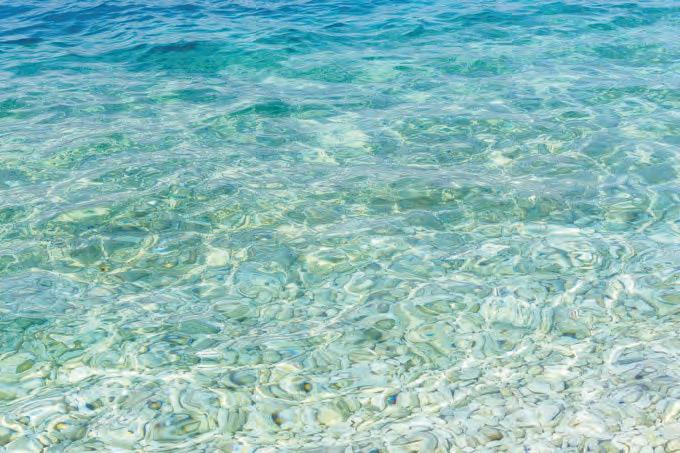








In the world of watersports, outdoors, and coastal living, staying ahead of the curve isn’t just a competitive edge—it’s a necessity. That’s where Surf Expo comes in. As the leading marketplace for watersports, coastal, and outdoor lifestyle brands, Surf Expo isn’t just another trade show—it’s the heartbeat of the industry.


Held twice a year in Orlando, Surf Expo draws thousands of retail buyers and brands from across the country—and around the world. From tackle shop owners and coastal outfitters to resort boutiques and outdoor lifestyle stores, attendees come to explore, connect, and stock their shelves with the hottest products for the season ahead.
What makes Surf Expo such an essential stop on the retail calendar? It starts with the sheer variety. From high-performance gear and accessories to apparel lines that bridge the gap between beachwear and everyday style, the show covers every angle of coastal living. Whether your customers are anglers, surfers, paddleboarders, or just enjoy hanging out on a shoreline, you’ll find products that resonate.
Surf Expo is a launchpad for innovation. It’s where new brands make their debut and where trusted names unveil their latest collections. Walk the floor, and you’ll see sustainable materials in outdoor apparel and gear—trends that shape what ends up in your store and, ultimately, in the hands of your customers.
But it’s not just about the gear. Surf Expo is a place to connect and build lasting connections. With educational sessions and hands-on demos, retailers gain real-time insights into consumer behavior, merchandising strategies, and industry evolution. The chance to hear from thought leaders and engage in conversations that shape the future of the industry is invaluable.
Even more than a business event, Surf Expo feels like a gathering of friends. There’s an unmistakable sense of community that comes from being surrounded by people who love the water, the outdoors, and the lifestyle that ties it all together. It’s an event where passion meets professionalism, and where inspiration flows.
For businesses grounded in coastal life—whether you run a marina shop, a beachfront boutique, or an outdoor outfitter—Surf Expo offers the perfect blend of product discovery, industry insight, and relationship building. It’s a one-stop destination to get inspired, get stocked, and get ahead.
Attend Surf Expo, and experience firsthand where the business of coastal lifestyle meets the adventure of the outdoors. Because when it comes to outfitting your customers for life on or near the water, this is where it all begins.
Visit surfexpo.com to see a list of exhibitors and events.
Qualified Retail Buyers - Register for Free Before August 21, 2025.









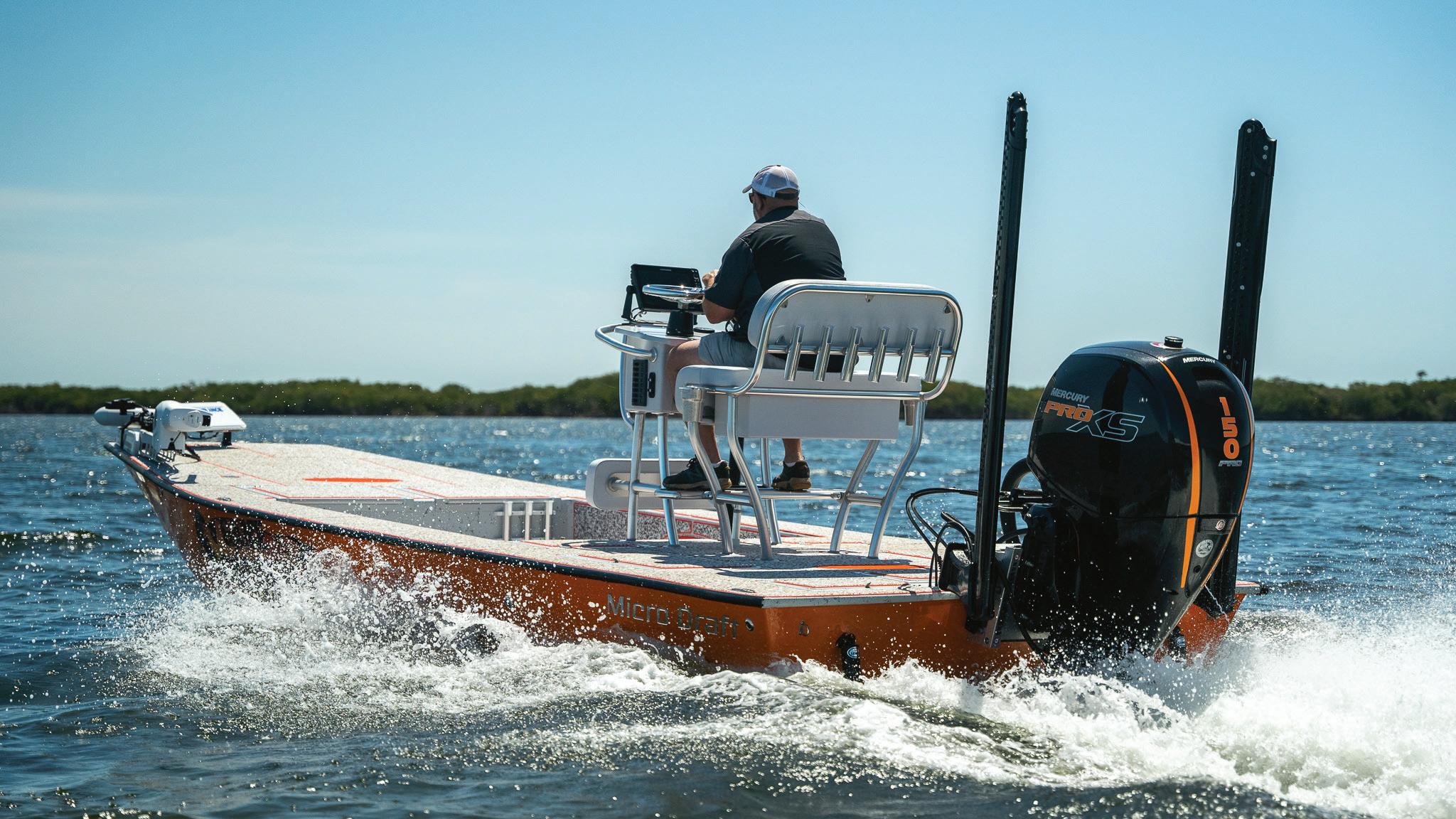
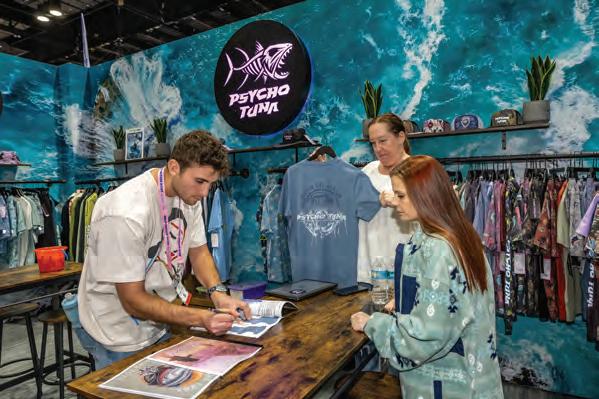


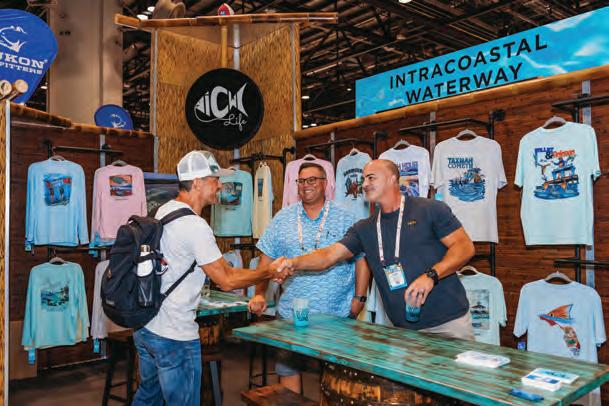

By atch Maguire
For retailers in the outdoor industry, showing up at ICAST each year is a pilgrimage that enables every town and every shery in many countries to be equipped to catch more sh and pursue their outdoor experience better. New innovations and inventions are the hallmark of this massive four day event, and while we all recognize the rapid rate of change occurring in our lives through advancements in technology and entrepreneurial excellence, witnessing the evolution of the art of catching sh over the last 25 years has, for this writer, been nothing short of mind-boggling. It’s as if the sh don’t stand a chance. Today’s electronics and gear are so advanced that anglers can almost negate the luck and even the skill factor that played such an important role in yesterday’s angling success. !at’s not to say acquiring the skills and

ICAST 2025, the world’s largest sport shing tradeshow, will be held July 15-18 at the Orange County Convention Center in Orlando, Fla. ICAST is a trade-based show and is not open to the general public. “The show is the cornerstone of the sport shing industry, bringing together manufacturers, retailers, consumers, conservationists, state agencies and other sport shing stakeholders. In its 68th year, ICAST continues to be the place where the most valuable business relationships are born, strengthened and celebrated.” www.icast shing.org
expertise to utilize today’s innovative equipment doesn’t require e ort, dedication, and focus as the pursuit of excellence in shing did a generation ago; it’s only to say that it’s di erent today and to suggest that it will continue to evolve.
I recently shed with an accomplished young guide for snook in the Sebastian Inlet (on the east coast of central Florida) and his electronics and forward sonar were so exceptionally dialed in that we literally targeted the largest snook with the precisely duplicated bait and in a three hour trip we caught nine world class snook that, any one of




which, 20 years ago would have been considered a “ sh of a lifetime.” Braid line, superior rods, smooth reels. All these advancements made their introductions at ICAST.
!is year, Coastal Angler and its’ vast network of Franchisee Co-publishers will be scouring the booths to bring you the latest and greatest in new innovations to our beloved sport.
For an up to date look at what we’re seeing at ICAST 2025, check out all of our ICAST coverage at CoastalAnglerMag.com and VidMag.com.
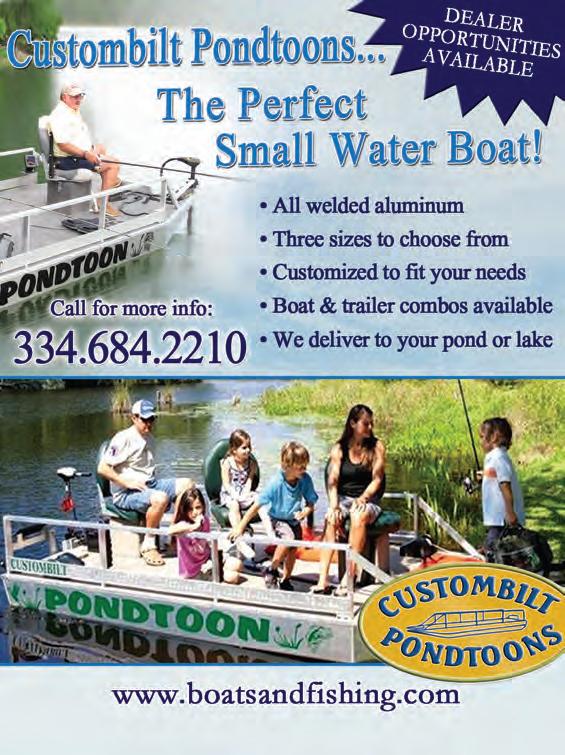
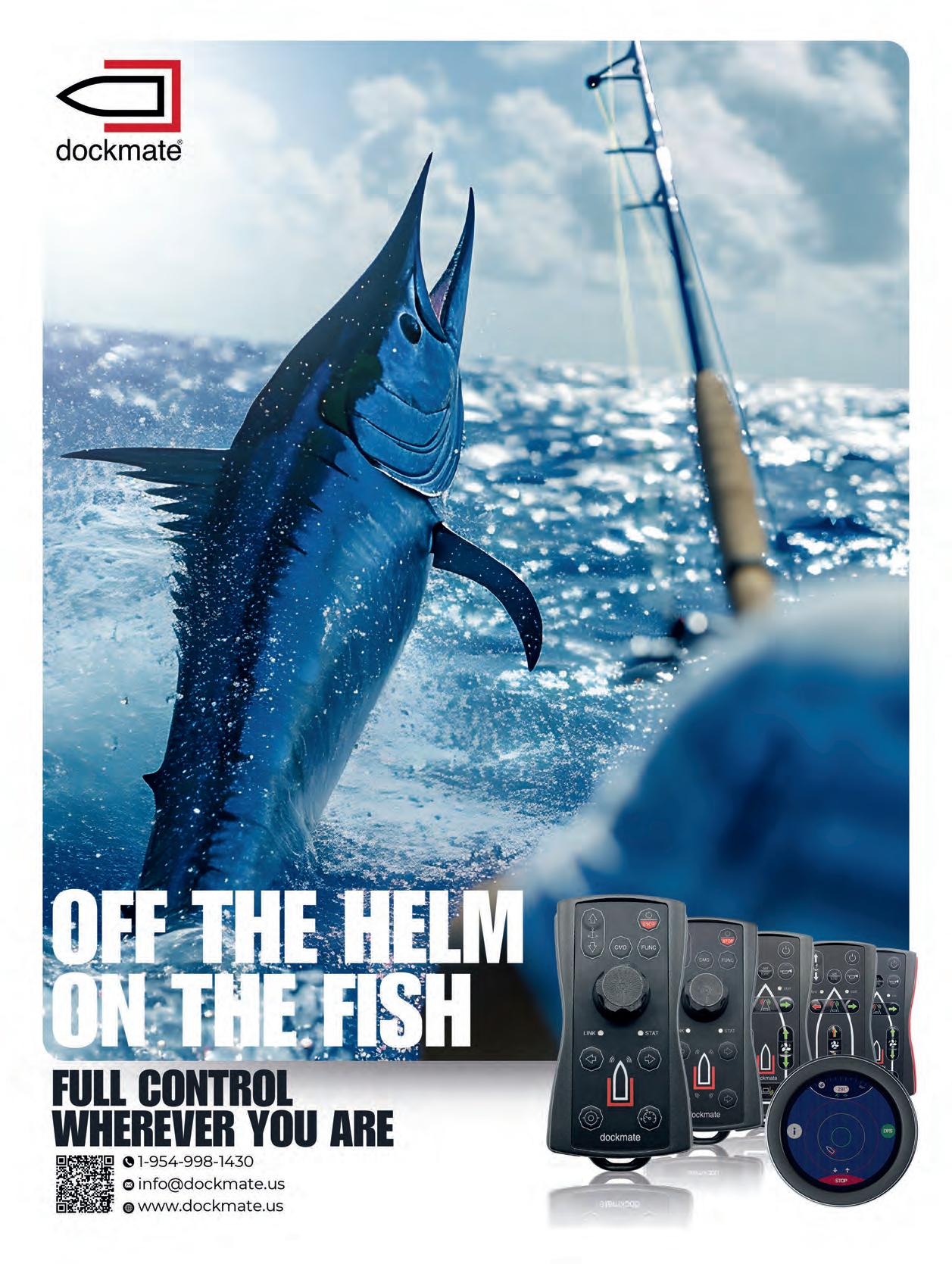


The Coastal Conservation Association (CCA) Florida STAR competition presented by Yamaha is thrilled to announce the newest division to the summer-long shing event, the Drum Spots “Lots-a-Spots” red sh division presented by Gulf States Automation. !e new division adds a unique twist to the popular catchphoto-release competition by awarding anglers for catching red sh with the highest number of spots.
Unlike any other division, “Lots-A-Spots” celebrates one of the most distinctive and eyecatching features of red sh, the iconic black spots. Participants in this division will submit photos of his or her catch, and the sh with the most combined spots on both sides will be awarded prizes.
“We’re thrilled to introduce the Drum Spots ‘Lots-A-Spots’ division presented by Gulf States Automation to the 2025 CCA Florida STAR competition,” STAR Director Capt. Leiza Fitzgerald said. “ !is exciting, new division adds another level of fun and strategy for our anglers, rewarding those who reel in the red sh with
the most spots. It’s a great way to celebrate the unique beauty of these sh while encouraging participation in a conservation-minded, catchphoto-release shing competition.”
!e “Lots-A-Spots” division continues STAR’s mission to highlight Florida’s diverse marine resources while encouraging sustainable practices through catch-photo-release participation. Anglers who participate in the division must submit photos of the le$ and right side of the red sh. !e winning sh will be the red sh with the most spots counted and combined on both sides of the sh’s body.
!e 2025 CCA Florida STAR competition presented by Yamaha invites anglers and nonanglers alike to participate for their chance to win prizes valued at almost $500,000, including boats from Carolina Ski , Sea Born, Spyder and Micro Dra$ Ski , Yamaha motors, scholarships and more.
Registration is open throughout the competition. To register for STAR 2025 or for more information on divisions, prizes and more, visit cca star.com.

• 1st Place: SUP Customs Hybrid Skiff with trolling motor bow mount, Minn Kota Riptide Power Drive 12V Trolling Motor & transom bracket with 6HP Yamaha, Power Pole Micro, and a great accessories package plus a Ross Currington Art replica of winning redfish
• 2nd Place: Abyss Battery 36V Battery with charger, Ross Currington Art replica of winning fish, Bull Bay Rod/ Florida Fishing Products Reel and Bahio Sunglasses
• 3rd Place: Power Pole 8ft Sportsman, King Sailfish Mount replica of winning fish, Bahio Sunglasses and Relentless Knife
• 4th Place: original art piece by Ashton Howard, RCI optics and NLBN Package
• 5th Place: Bay Flats Lodge fishing trip for two plus food and lodging for two nights, RCI Sunglasses andToadfish Package
• 6th Place: Humminbird Helix 7, RCI Sunglasses, Zman Baits, Toadfish Package and NLBN Package



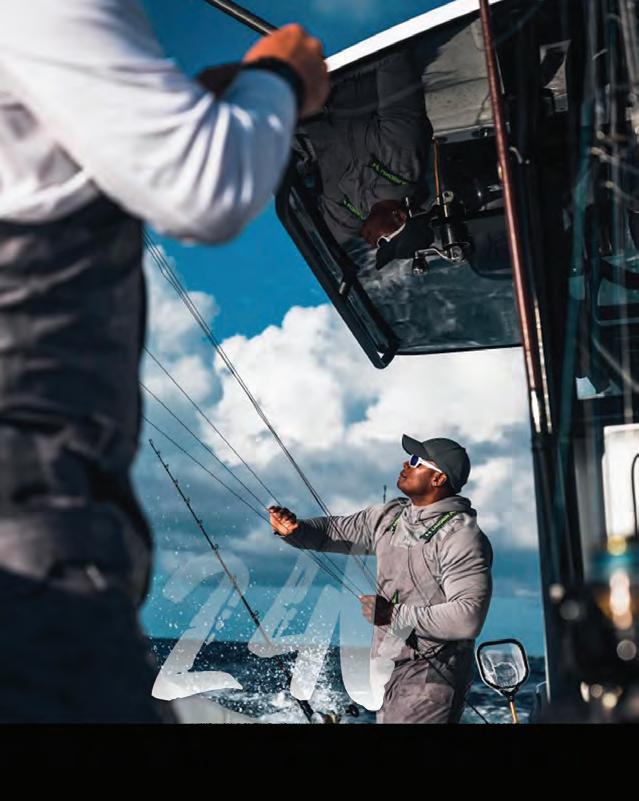



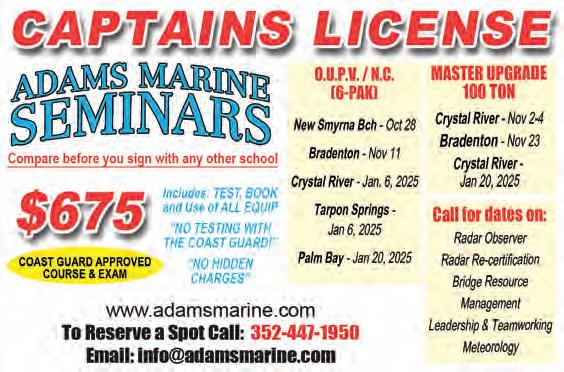









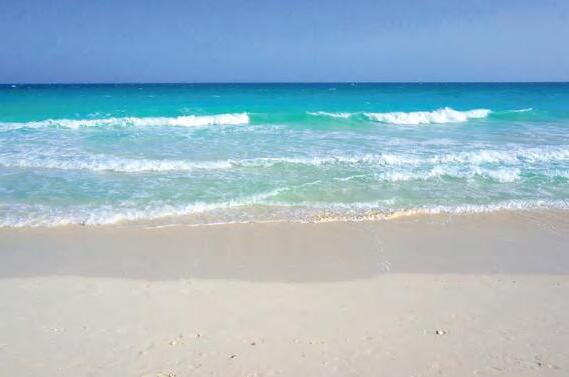



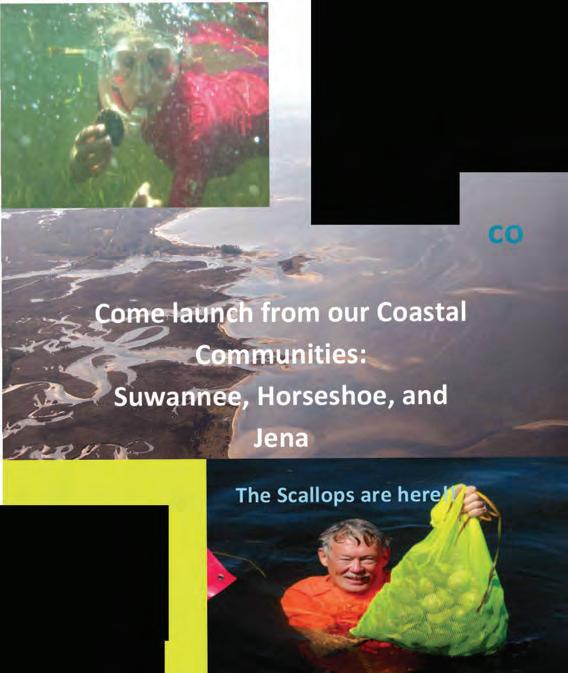
The International Game Fish Association’s (IGFA) world record database is a great source for folks who like to see some of the great sh anglers are catching around the world. Here are a handful of catches recently approved for the record books. For more world records, visit the IGFA website at igfa.org.
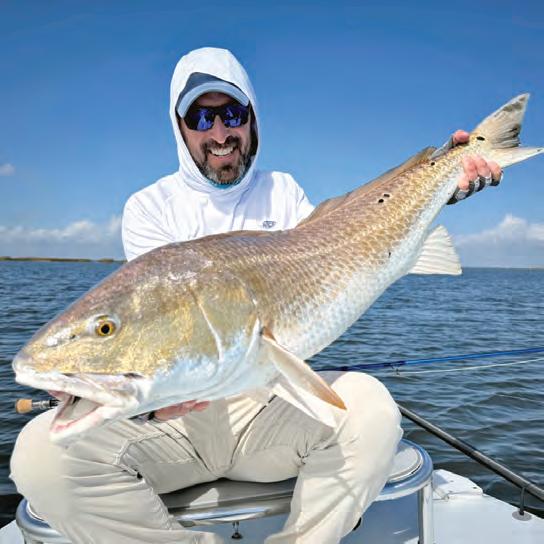


On November 11, 2024, Earl Gill IV was shing aboard the Excel captained by Justin Fleck when he landed this massive 443-pound yellow n tuna. With this sh, Earl has set the IGFA All-Tackle World Record as well as the IGFA Men’s 60-kg (130 lb.) Line Class World Record for the species, surpassing the previous records by 16 pounds! !e Excel was shing the Lower Banks o Mexico when this record yellow n struck Earl’s cut bait. A$er an intense 1 hour and 45-minute ght, the crew was able to ga the tuna and bring it aboard.
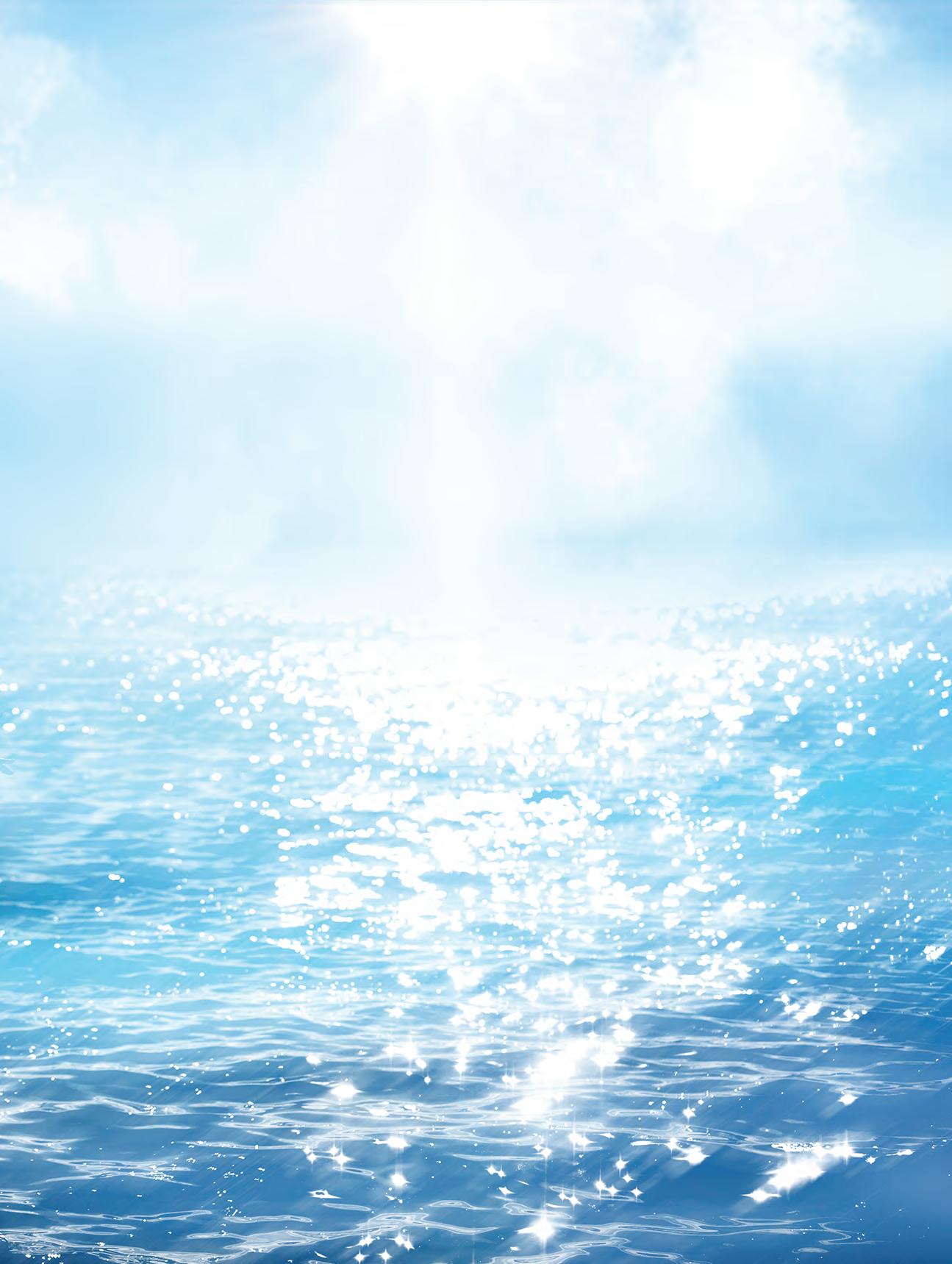
On February 9, 2025, Graig L. Hale was shing the backwaters near Port Sulphur, Louisiana, when he landed a 37.4-inch (95 cm) red drum—tying the IGFA All-Tackle Length Fly World Record for the species. !e record red sh ate a crab &y while Graig was shing with Capt. Scott MacCalla, making for an unforgettable day on the water. A$er boating the sh, Graig was able to record the length on his O cial IGFA Measuring Device before releasing the sh safely.

Pamela Moss was shing on Lake Lanier in Georgia on February 10, 2025, when she landed this 9-pound, 5-ounce landlocked striped bass. With this sh, Pam has set the IGFA Women’s 4-kg (8 lb.) Tippet Class World Record for the species. She was shing with guide Dillon Lancaster when she landed this record sh. She released the sh safely a$er recording the weight on her certi ed scale.
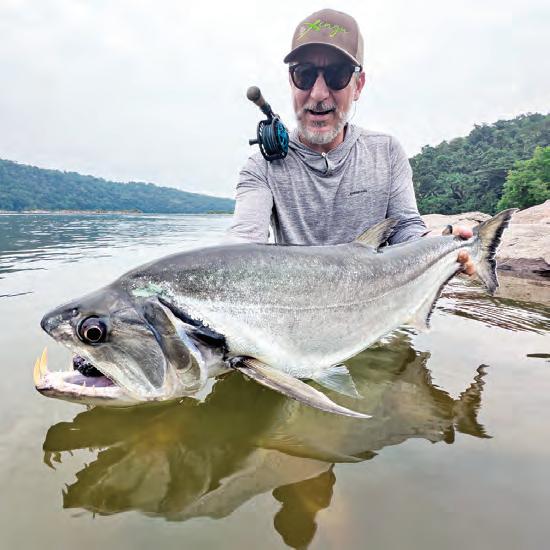
On November 22, 2024, IGFA Representative and multiple World Record holder, Rodrigo Salles, was shing the Rio Xingu in Brazil when he landed this 33.07-inch (84 cm) payara. With this sh, Rodrigo has set the IGFA All-Tackle Length Fly World Record for the species. Rodrigo landed the toothy payara on a black streamer &y. He was then able to record the length on his O cial IGFA Measuring Device before releasing the sh safely.

When it’s time to get on the water, your gear should be as ready as you are. Introducing the new and completely redesigned - Plano® StowAway®. Thick, pre-cut dividers make for easy box setup. More divider slots allow you to store more lures. RustrictorTM technology blocks rust and corrosion to help keep your favorite tackle rust-free. A single latch with a labeling area helps to quickly identify and access tackle on the fy. The best part? We’ve kept your favorite Plano StowAway at the same affordable price. Don’t just be kind of ready - be Plano ready.


July and August will be the hottest months of the year. !e wahoo and yellow nn will be everywhere and nowhere they should be. For example, you could go up and down the edge of the break and not nd a wahoo or a yellow n anywhere, but the guy slow trolling a menhaden for king mackerel 10 miles o# the beach catches a 100-pound wahoo or the guy 30 miles o# the beach light lining a pin sh while bottom shing catches a 50-pound yellow n. None of it makes any sense this time of the year, except one thing... nd the bait, nd the sh. !e same thing applies to bottom shing. !is is the time of year to search for big stacks of bee liners, cigar minnows, and sardines. Keep an eye on the recorder when you’re running to wherever you’re going, and if you see a big stack of bait on the surface, take a minute to check it out. If that stack of bait happens to be near pretty bottom, there’s a good chance it’s a good place to sh. !is is the time of year when it is especially productive to jig live cigars and sardines and put them back out.
whatever you want to, but stay focused on the bottom. Always keep a pitch rod handy with a live cigar, mina or sardine on a small circle hook and $ourocarbon. You never know when a sail sh will swim by the boat. When it does happen, remain calm do not go screaming and running around the deck because, chances are, you will spook the sh and not get another shot presenting a bait to it. If you’re very quiet, chances are a sail sh will come right back to the boat and you’ll get a shot at hand-feeding him a cig or sardine. And just like that...you’re hooked up!
It’s always a good idea to keep one person dedicated to the Sabiki. When you have big marks on the bottom or see schools of bait on the surface, just know that every one of those minnows caught on the Sabiki turns into a bite, either on the light line or on the bottom.

Of course, I have to say all of this to promote bottom shing because I do not believe in trolling. For all the sh you’re trying to catch trolling, you can hook on the light line while bottom shing. Not only that, sh are a lot more fun to catch on light tackle from an anchored-up boat rather than with trolling gear. Do I like to catch kings and dolphin on the light line? Yes. Are they my favorite sh to eat? No! Yes, they are edible, but I prefer to eat sh from the bottom. So, keep a light line out to catch and release
Needless to say, a live cig or sardine has a life expectancy on my Decoy Jig of under 10 seconds and everything eats one on the light line.
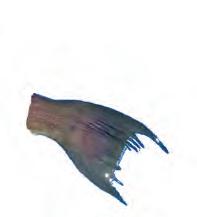
So, go to all your normal places in July and August that traditionally hold the bait, and you will most likely nd the sh. Live bait is always the best, but don’t ever leave the hill without a box or two of frozen cigar minnows. More sh have been caught on frozen cigs and sardines, than all the other baits combined. It’s never a bad idea to take live pin sh from the marina as well; the beauty live pin sh is that not everybody down there can put it in their mouth which eliminates a bunch of trash bites.
Yes, you will have to deal with catching and releasing all the “endangered” American red snappers and gag grouper, but that’s just what you’re gonna have to do until we can get this straightened out. Learn how to handle these sh properly for a successful release and come home with some good dinners.
Check out more from Tim Barefoot at barefootcatsandtackle.com.



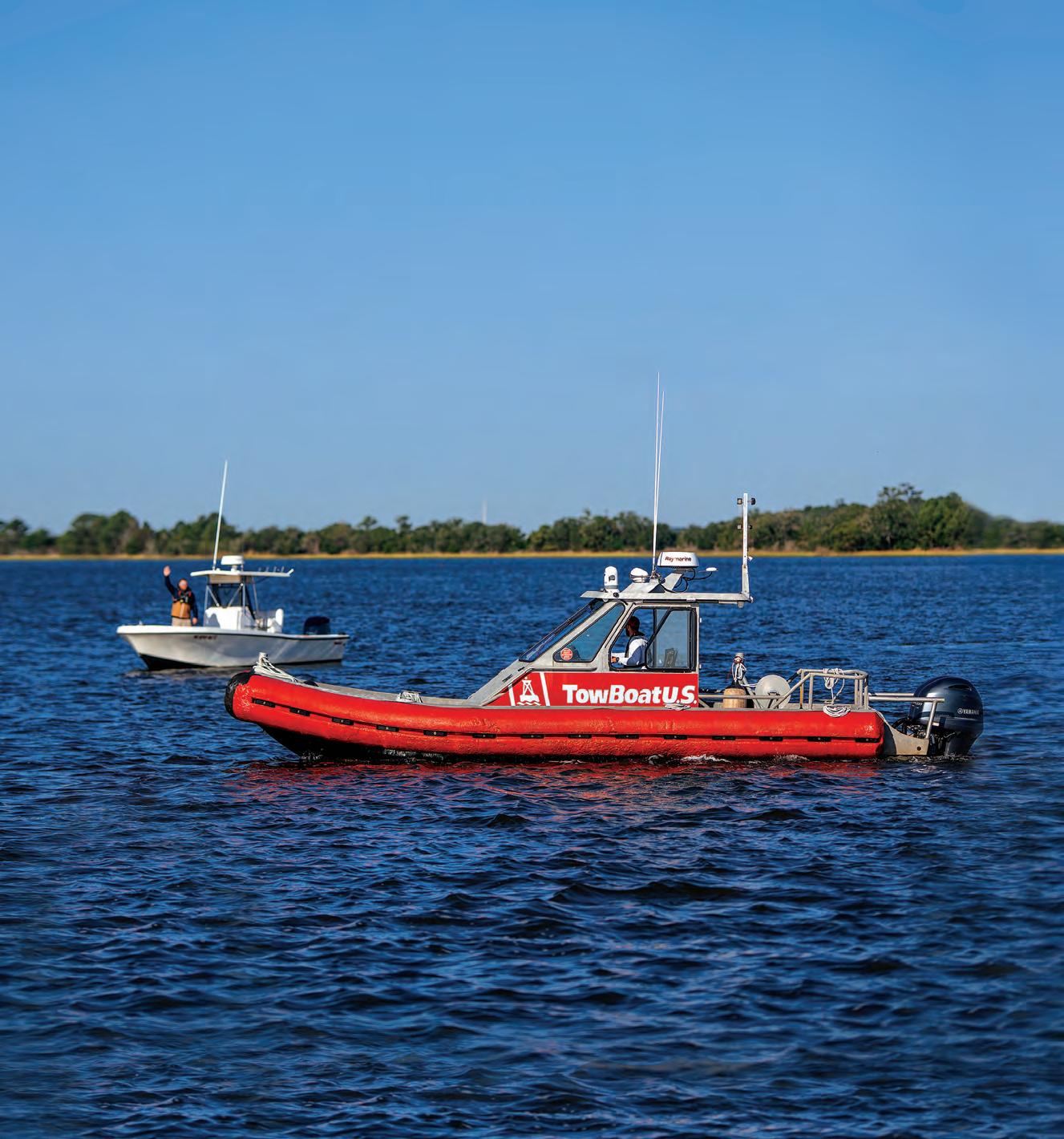
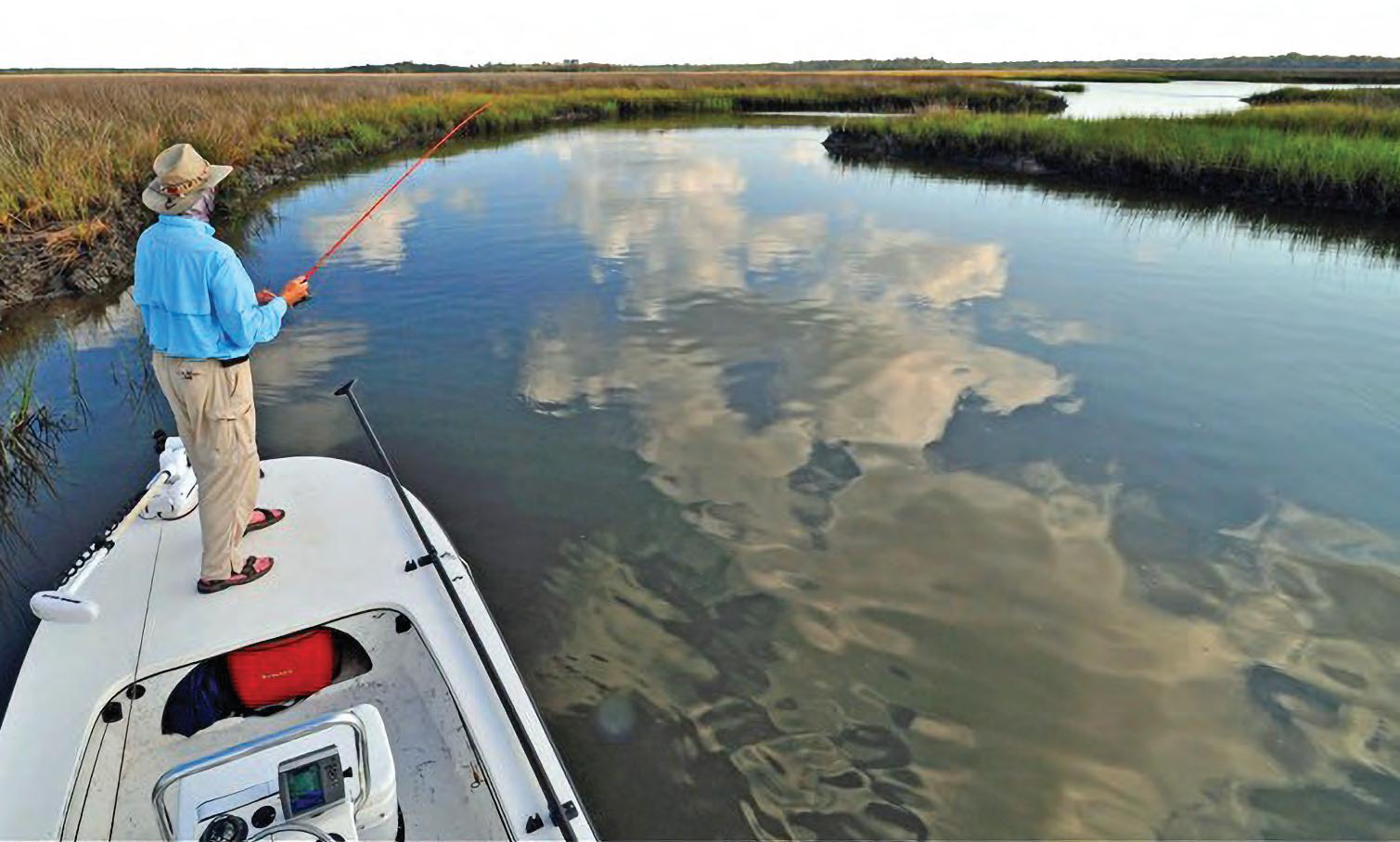
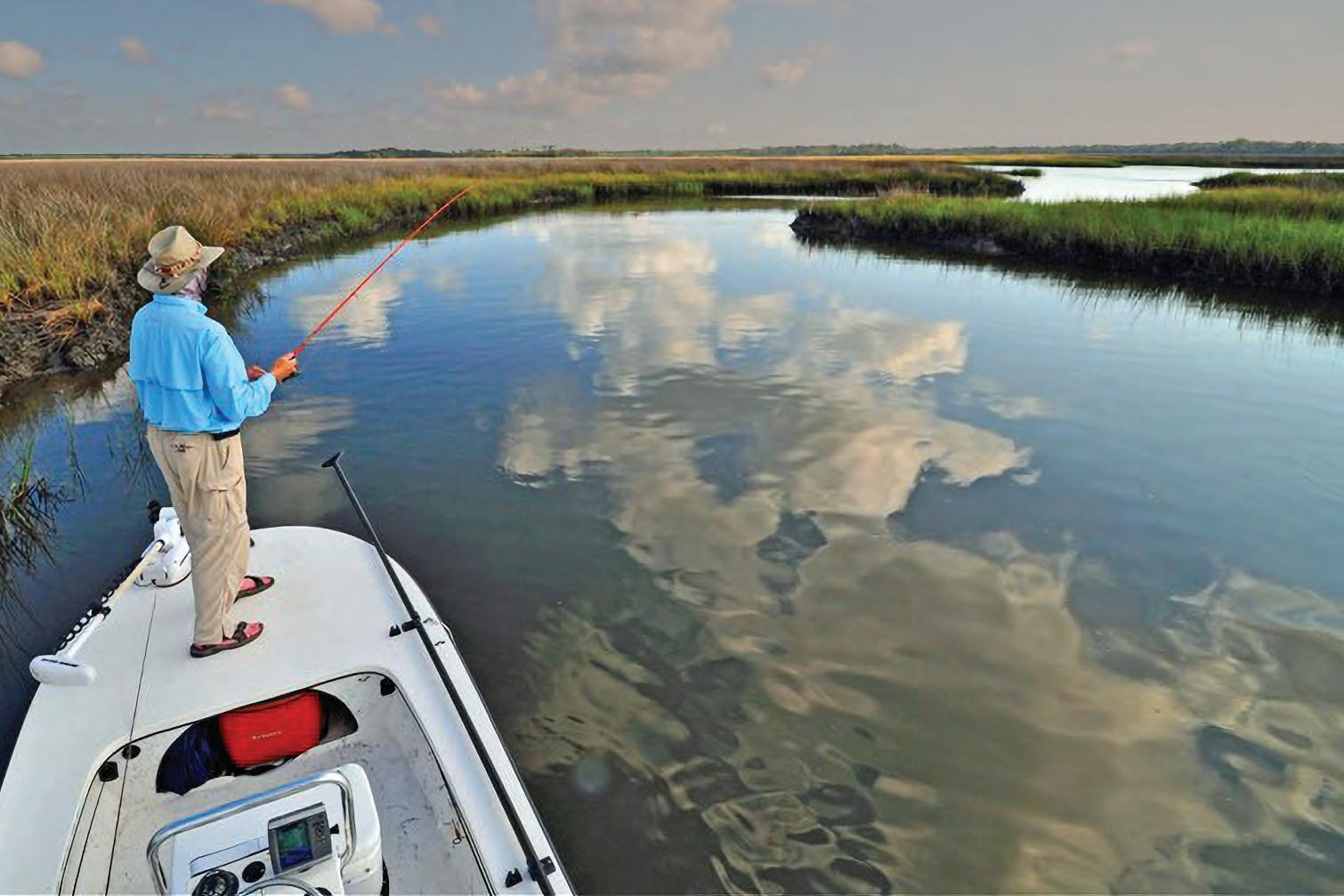




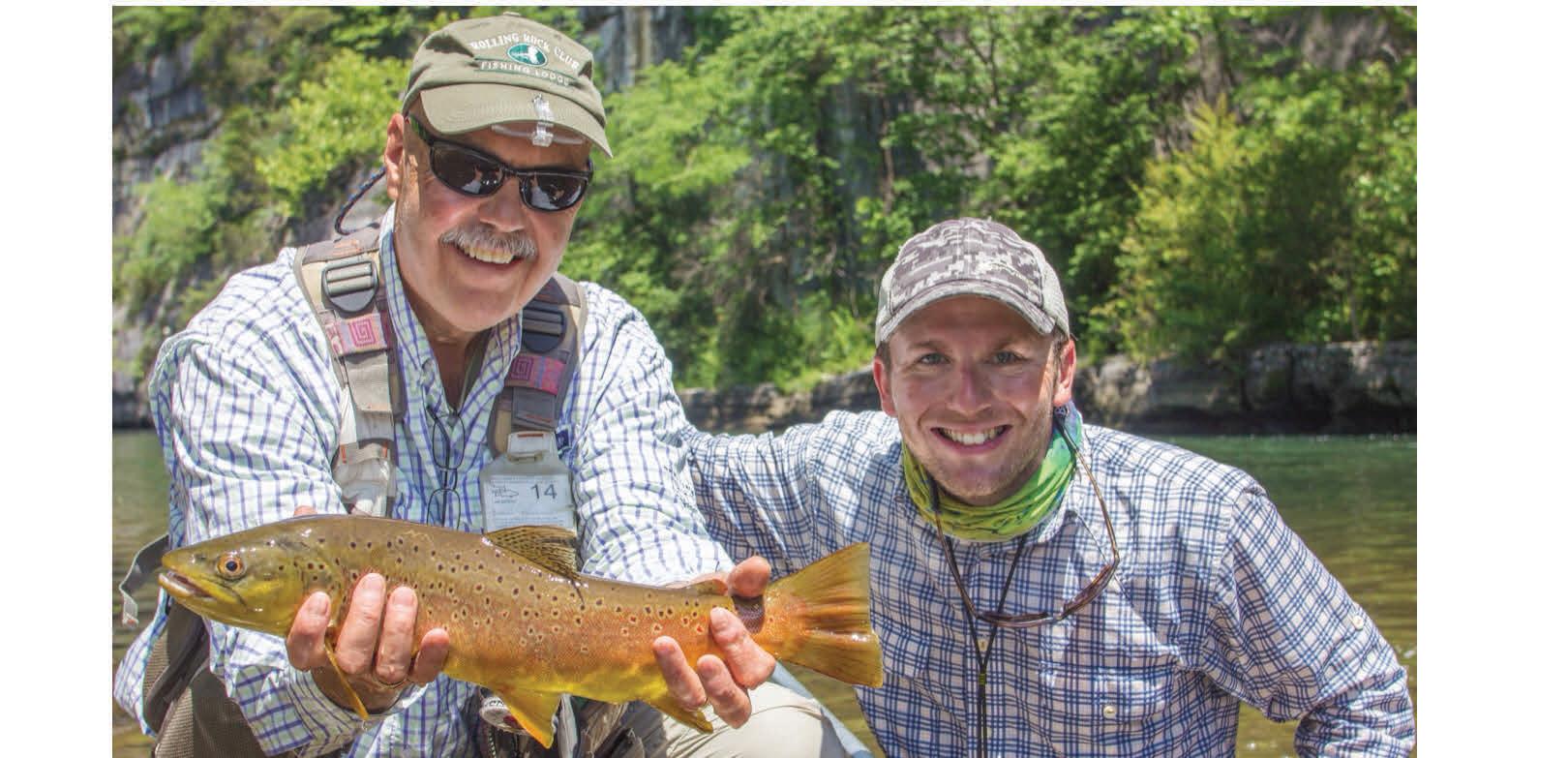




In general, the trend in boating these days is bigger is better. Right? Engine horsepower is getting higher and higher, and boats are being built able to accommodate two, four, even six engines. But what about the other end of the spectrum—anglers and cruisers that are looking for the ultimate in portable propulsion? Whether you are looking for a boost for your kayak or a reliable motor for your in$atable shing boat or tender, the perfect engine should be lightweight, easy to take on and o#, easy to use and provide the range and speed for almost any conditions. It should be selfcontained, so you don’t have to deal with lugging around a fuel tank, or even have to purchase and safely store gasoline on your boat.
Electric propulsion is the way to go, but no one has really gotten the

converters, the eLite can be fully charged in around four hours. For added capability and convenience, the engine includes a USB-C output that allows users to charge and power other electrical devices. At just under three-feet in length and weighing 14.7-pounds including the built-in battery, the eLite stores easily and the one-click quick-release bracket allows for installation and removal in a matter of seconds. For exceptional portability, the tiller handle converts to a perfectly balanced carry handle. With multiple trim and tilt angles, adjustable steering resistance and sha length, and a shallow-water mode, the eLite is completely customizable. Its Smart Battery Monitoring System e%ciently optimizes performance, carefully regulating battery level, temperature, and remaining state-of-charge all displayed on an ultra-simple interface, leading to extended range, a more energy-e%cient operation and longer battery life. Built to last, it is IP67 waterproof, and is constructed of aviationgrade aluminum alloy for lighter weight and greater durability. In addition, the anti-ground auto kick-up feature protects the motor from accidental damage. Available for under $1,000, it is also the most a#ordable electric outboard in its class.
!ere’s no time like today to upgrade to the electric outboard of the future. !e ePropulsion eLite is in stock and ready to take you quietly and sustainably to your next adventure.






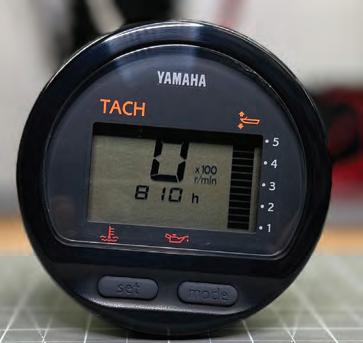



TYLER WOOLCOTT

Most of the time the saying is true, bigger bait equals a bigger sh! Although elephants eat peanuts, a big bait pro le is something sh can’t resist no matter if you are shing the open ocean or the Great Lakes. I have spent a lot of time over the last few years throwing baits bigger than my old “comfort zone” sizes for bass and it is pretty special what gets curious to come look or bite them.
!ere are many di#erent types of swimbaits out on the market, but I’ll break them down into two for this article to keep it simple. You have the hard, gliding-style treble hook swimbaits, or you have so body swimbaits that is more of a steady slow reel and most of the time more weedless. !ey both have an awesome time and place to get thrown and will both attract some very big sh.
Depending on where you are in the country and the size of the forage in your lake, a normal meal for a bass is usually much bigger than you think. A 6- to 8-inch bluegill is something a two or three pound bass would have no issues at all with swallowing and eating it whole. A 10+ pounder, on the other hand, could eat bait sh such as gizzard shad up to 14 inches, which I have personally seen. Trying to exactly duplicate the larger bait sh that are in your lake in a natural presentation is the absolute best way to draw attention from sh to your arti cial lure.
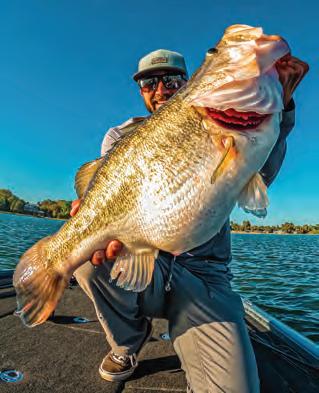
Most of the time when I am throwing a gliding-style hard swimbait, my rst choice is always going to be a shad imitation. A majority of the
places I sh are full of shad and this seems to be a favorite food source for bass when available to them. Another major large food source for big bass that a lot of people forget about are crappie. I have personally witnessed some absolute giant bass in multiple lakes that feed primarily on crappie. When throwing so swimbaits my go-to imitation is typically a bluegill. Usually when I’m throwing a so swimbait I’m wanting to either creep it through grass or along the bottom, which calls for a more weedless rig. Both places bluegill typically live and the bass that feed on them aren’t usually too far away. !ere are many di#erent brands of swimbaits out there, hard and so . When rst starting out I would stick to some of the a#ordable baits that have good reviews by users and are proven to work until you build up your con dence, then start working your way up to bigger and more customized things.
When throwing bigger lures like swimbaits you typically want bigger equipment to throw them. 13 Fishing makes an awesome, very a#ordable 8-foot rod in their Defy series that can handle most swimbaits I throw. Pair this up with a 300 sized reel like the 13 Fishing Concept A3 and some 20-25 lb. Su x Advanced Fluorocarbon and you are ready to go battle with some big sh!
It’s hard to t all the info needed to explain this technique in this article, but I hope it sparks your interest to get out there and throw a big bait. !e best way to learn is to get on the water and give it a try for yourself! I tried it once and now it is one of the coolest and most fun ways I target big bass all year long.
Don’t be afraid to reach out via my website or social media platforms with any questions you may have!
Good luck out there and tight lines!
Tyler Woolcott is a professional tournament angler and guide. Check out his website at www.tylerwoolcott shing.com.

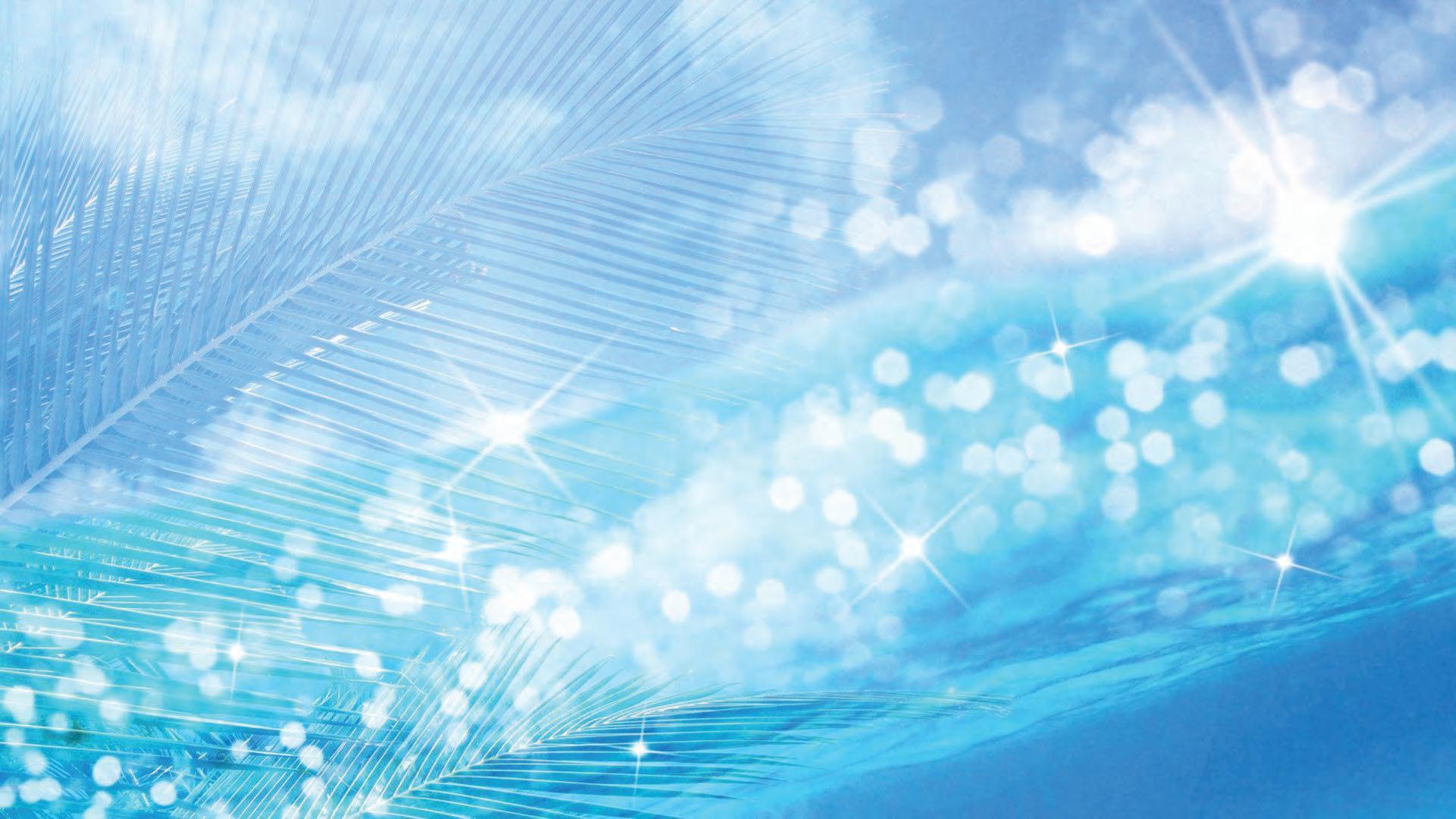
Weighing just 30 pounds, the portable and versatile DF 2.5HP outboard motor is the lightest Suzuki 4-stroke motor ever built. This smooth and quiet engine is water-cooled for increased dependability, features a digital CDI, and its anti corrosion system ensures the aluminum propeller stays durable in marine conditions. Steering and throttle tension and control are easily adjustable. Simple steering action for maneuvering in tight quarters. Easy-to-grip carrying handle conveniently tilts the motor up when needed. Meets the rigorous EPA 2010 and CARB 3-Star Ultra-Low emissions standards.

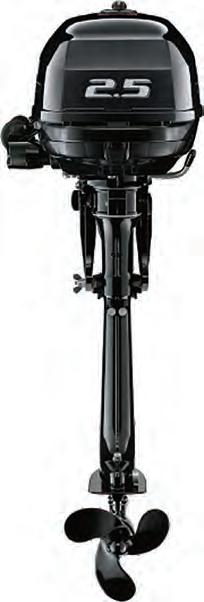


Three knives. ONE amazing price! Originally $249. Limited time special offer ONLY $69!

When you use your INSIDER OFFER CODE


— D., Houston, Texas TAKE 72% OFF INSTANTLY!
Looking for a knife that’s a cut above? We can do you two better. The Triple Play Knife Collection gives you three different styles of hunting blades for one unbelievably amazing price of just $69. Because serious hunters know that sometimes one knife isn’t enough, and so do serious collectors. All three blades in the Triple Play Knife Collection are made with genuine 440A stainless steel and measure an impressive 52-58 on the Rockwell scale for hardness. There’s the reliable lockback blade, designed to open up and never let you down. The two-blade trapper knife, engineered for those who trap small game, and a solid, simple, fine fixed blade measuring 9" in overall length, and the antler-textured handles on every knife complete the expert hunter look.


With all three blades along with a decorative display box priced at just $69, this is some big collectible prey worth hunting down. This deal truly is a cut above.

Satisfaction Guaranteed or Your Money Back. Try out the Triple Play Knife Collection for 30 days. If it doesn't make the cut, send it back for a full refund of the item price. Limited Reserves. We only have 850 available for this ad only at this incredible price. Call today!
What customers are saying about Stauer knives...
“First off, the shipping was fast and the quality is beyond what I paid for the knife. Overall I am a satisfied customer!”
Triple Play Knife Collection $249* Offer Code Price Only $69 + S&P Save $180
Your Insider Offer Code: TPK238-01
You must use the insider offer code to get our special price.

14091 Southcross Drive W., Dept. TPK238-01
Burnsville, Minnesota 55337 www.stauer.com
*Discount is only for customers who use the offer code versus the listed original Stauer.com price.
Rating of A+ California residents, please call 1-800-333-2045 regarding Proposition 65 regulations before purchasing this product.

• 3-piece set: 9" overall fixed knife with 5" blade; 4 ¹⁄8" trapper knife with two 3 ³⁄8" blades; 4" overall lockback knife with 3" blade • Stainless steel blades with antler patterned resin handle • Comes in decorative display box
Stauer… Afford the Extraordinary .®
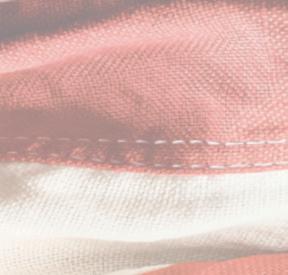















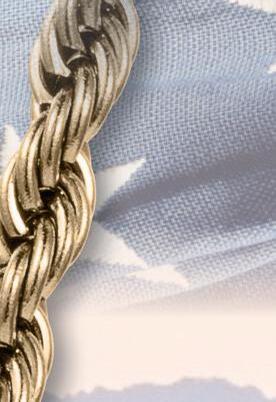




Troughout history, the eagle and the anchor have stood as enduring symbols of power and resolve. Te eagle, with its mighty wings and piercing gaze, has long been a representation of freedom and bravery, soaring high above, ever watchful and unyielding. Te anchor, frmly rooted, embodies stability and steadfastness, grounding even the fercest storms. Together, these two symbols have come to represent those who serve with honor - those who rise to meet any challenge, yet remain rooted in integrity.








Inspired by this profound symbolism, the Wings of Honor pendant brings together the soaring spirit of the eagle and the enduring strength of the anchor in one stunning design. Crafed from premium stainless steel and fnished with a luxurious 18k gold coating, this pendant is not just a piece of jewelry - it’s a tribute to the values that have defned generations of heroes.










Te Wings of Honor pendant is a statement piece that speaks to the legacy of all who wear it. Whether as a gif for yourself or for someone whose story is woven with honor and valor, this pendant carries a deep sense of pride.




And now, this remarkable symbol of strength can be yours for an incredible price - just $39 plus S&H. By using the special code CA5WHP, you can secure this timeless piece, saving you more than you’d expect for such crafsmanship.
A lasting reminder of bravery and commitment, the Wings of Honor pendant connects the wearer to the rich heritage of those who stand for both freedom and stability. It is more than an accessory - it’s a refection of the values we hold close, ready to be passed from one generation to the next. Claim yours today, and wear your story with pride.










Wings of Honor Gold & Steel Pendant - $149 $39 - Save $110








$39 Special Offer







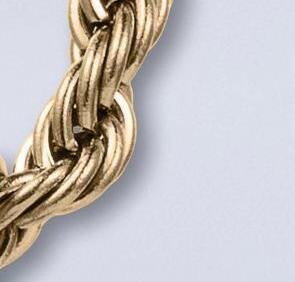










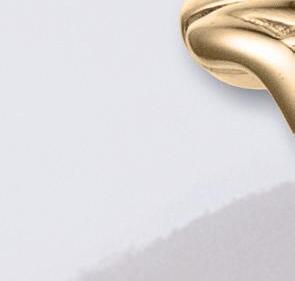
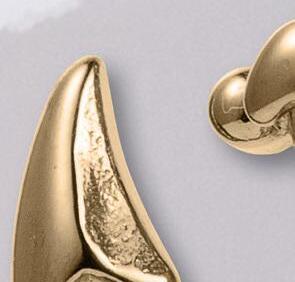












* Exclusive Ofer Price Using Discount Code Pendant & 24” 18k Gold Plated Rope Chain - $278 $59 - Save $219





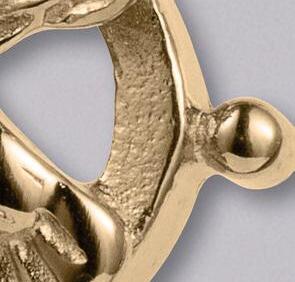



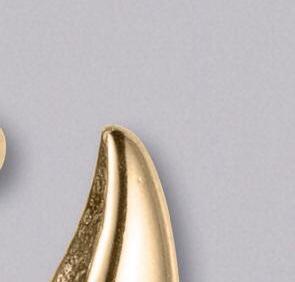


“No bird soars too high if he soars with his own wings”
- William Blake, English poet






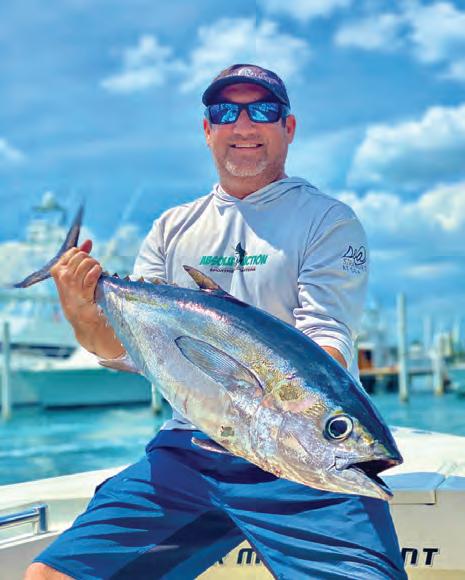







Whether you’re fishing from a paddleboard, kayak, canoe or small boat, the ePropulsion eLite 500W redefines your on-water experience with innovative features and commitment to sustainability. Designed to be the most compact and lightweight electric outboard in its class, the eLite is an easy-to-use alternative to small internal combustion engines for enthusiasts worldwide. Max 5.6 miles at half throttle and 3.5 miles at full throttle.
